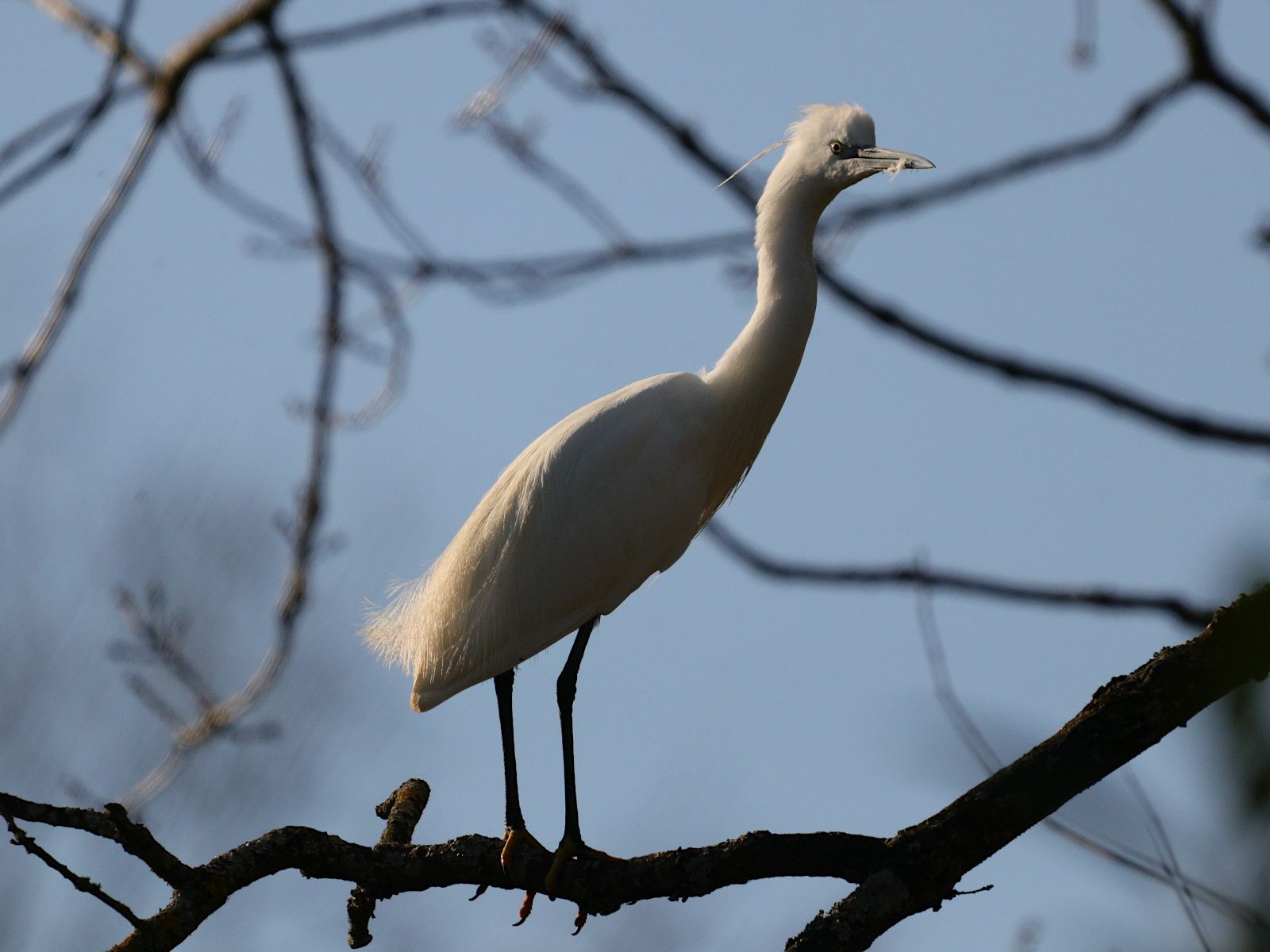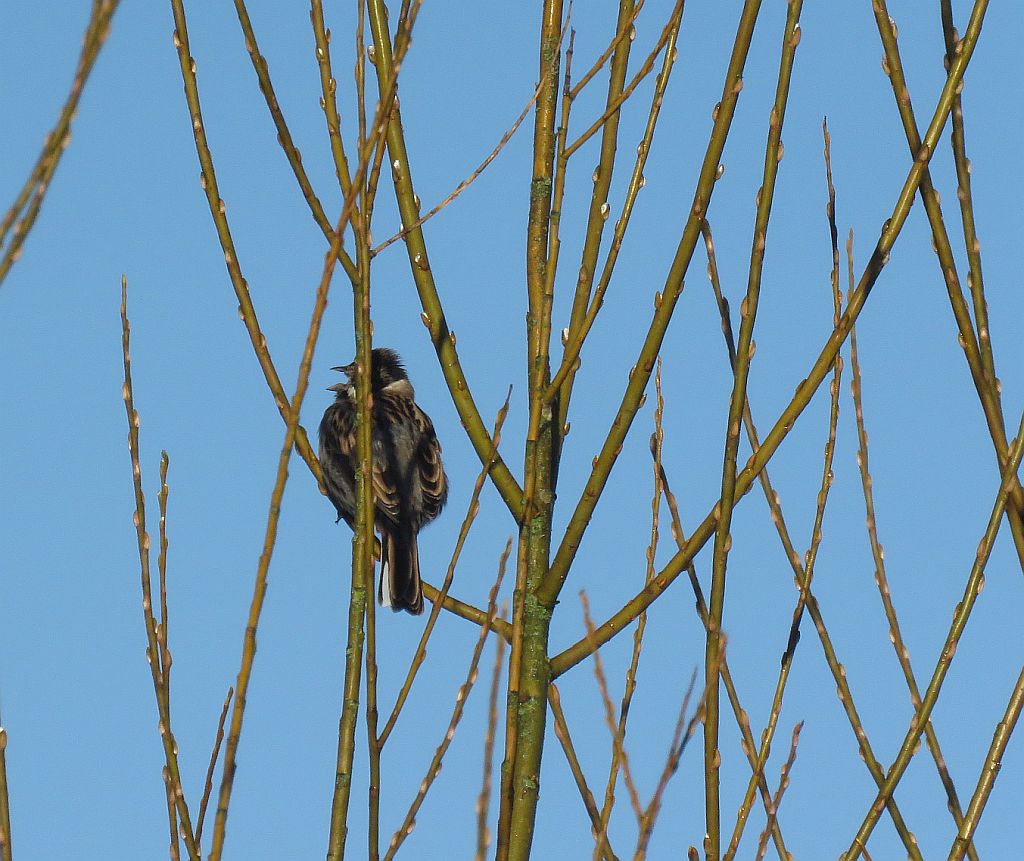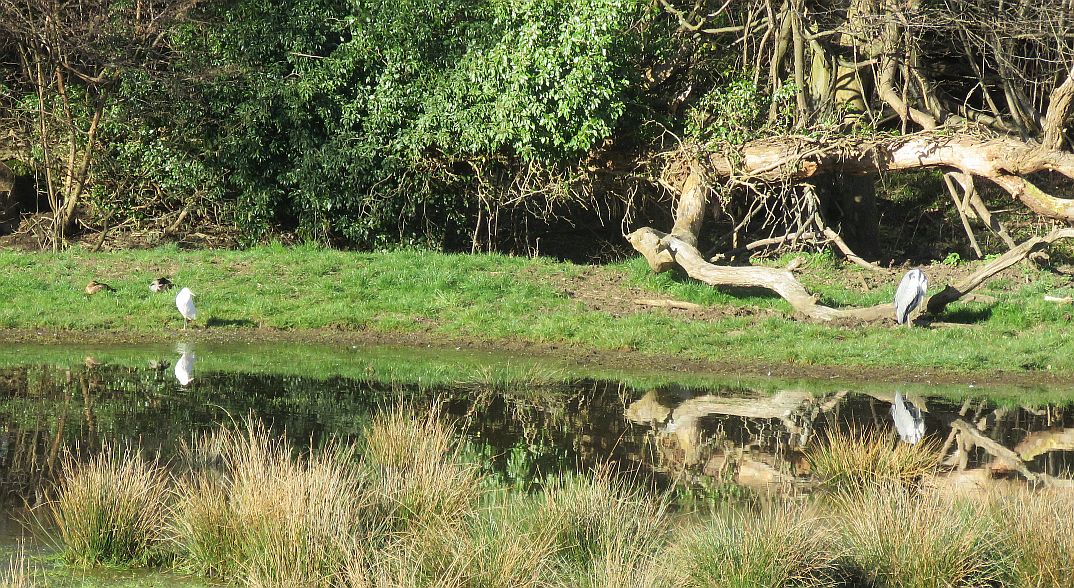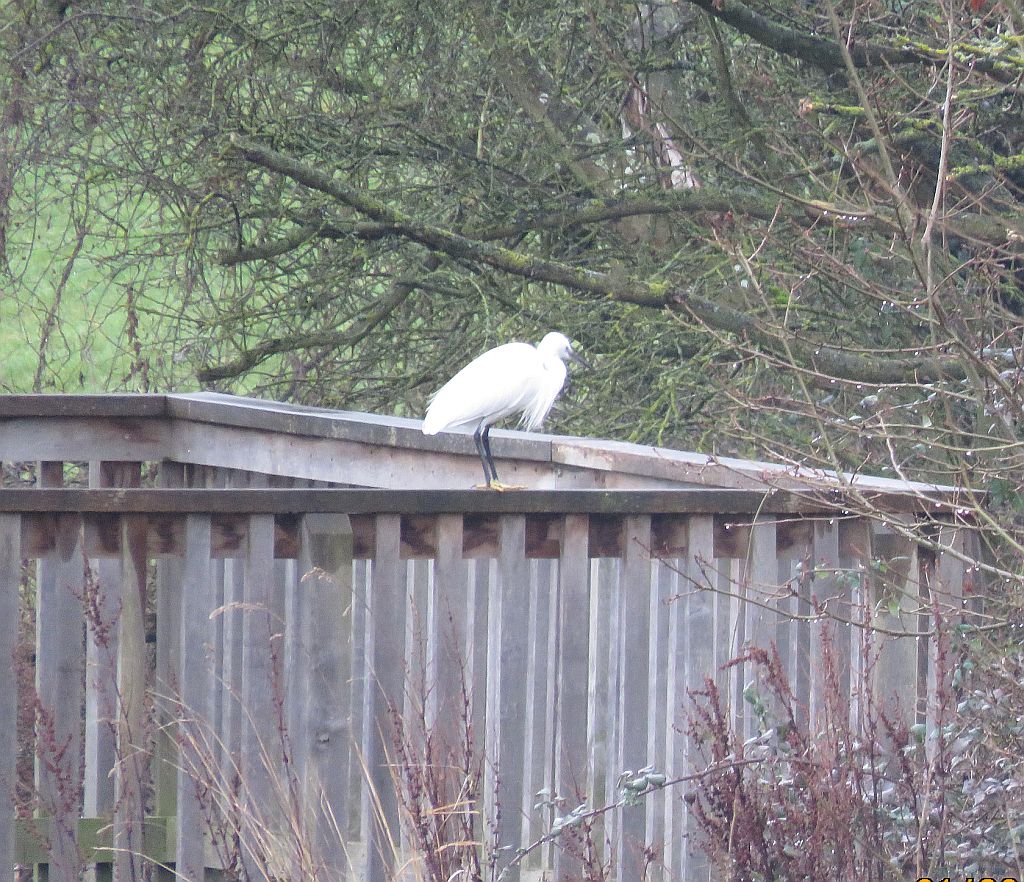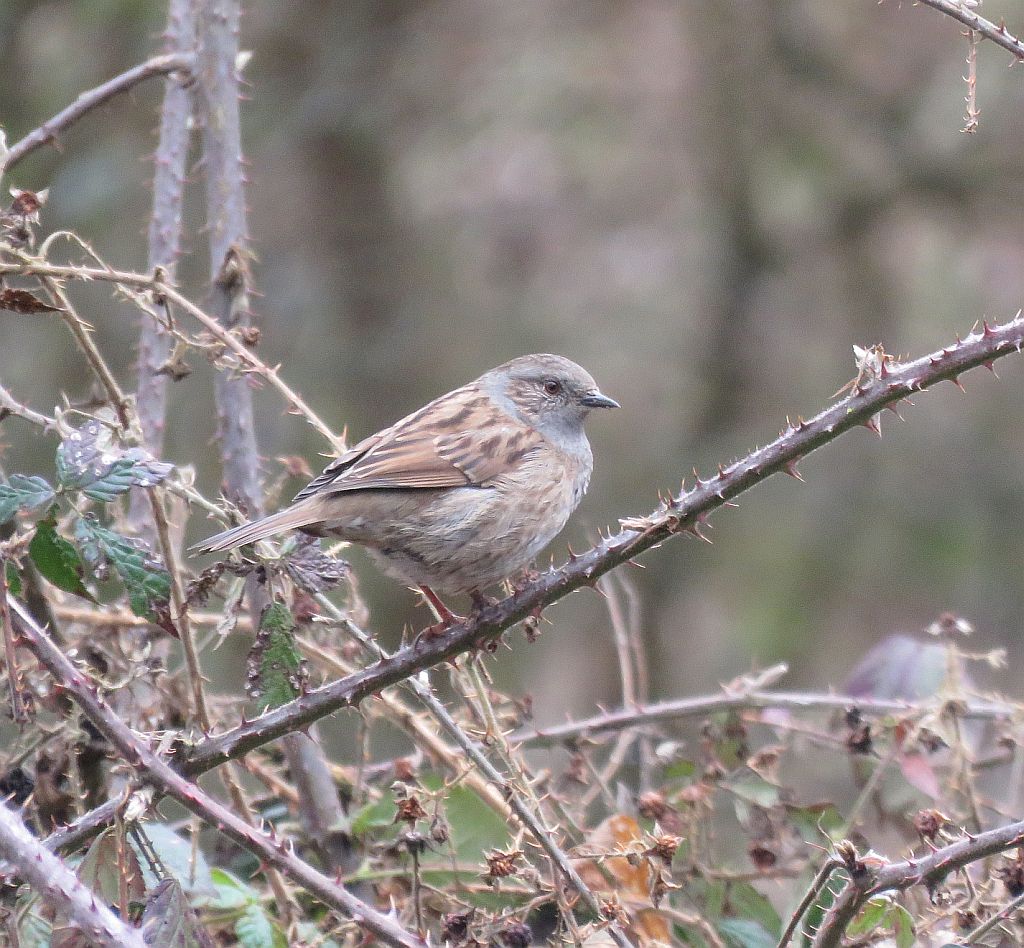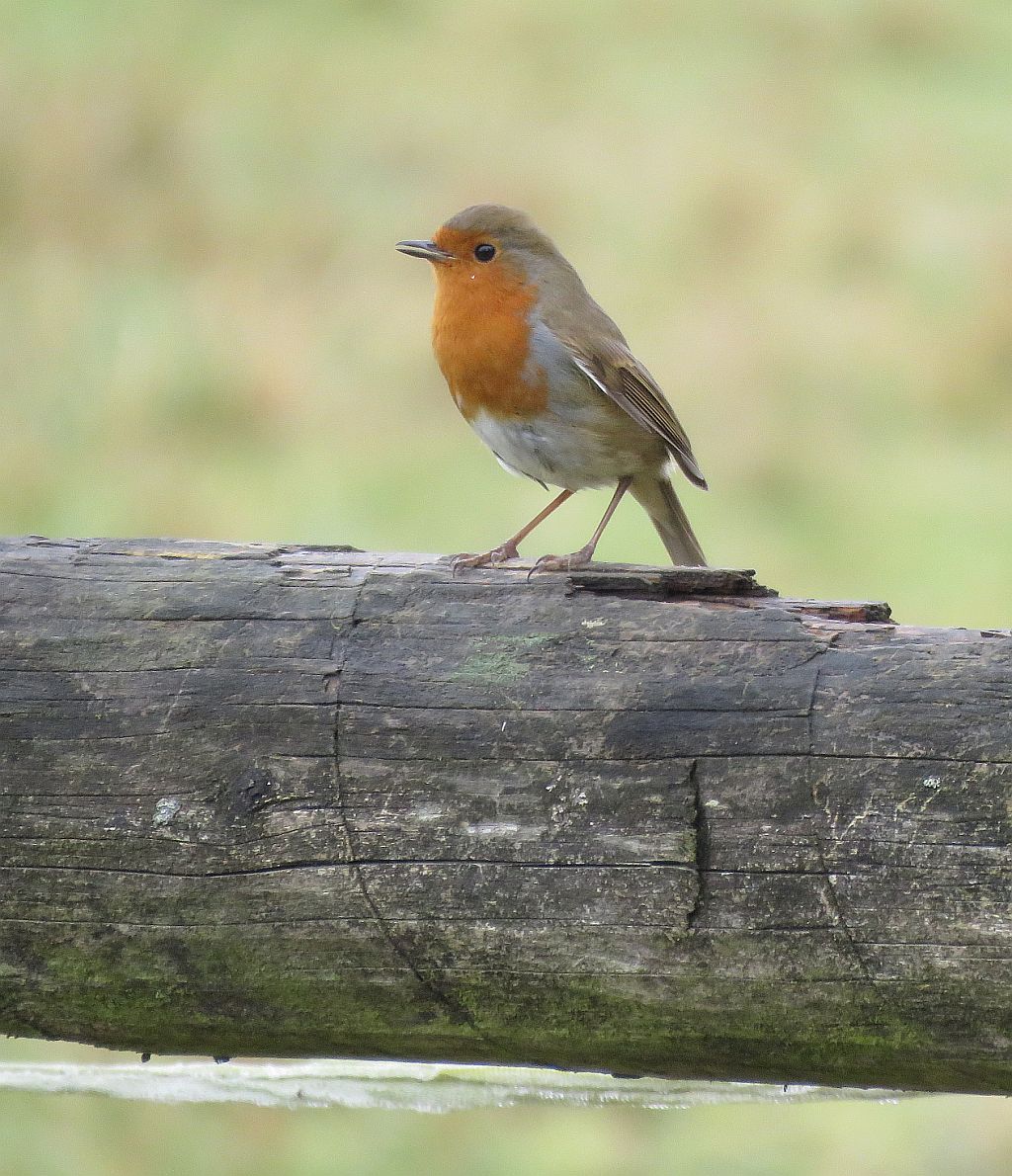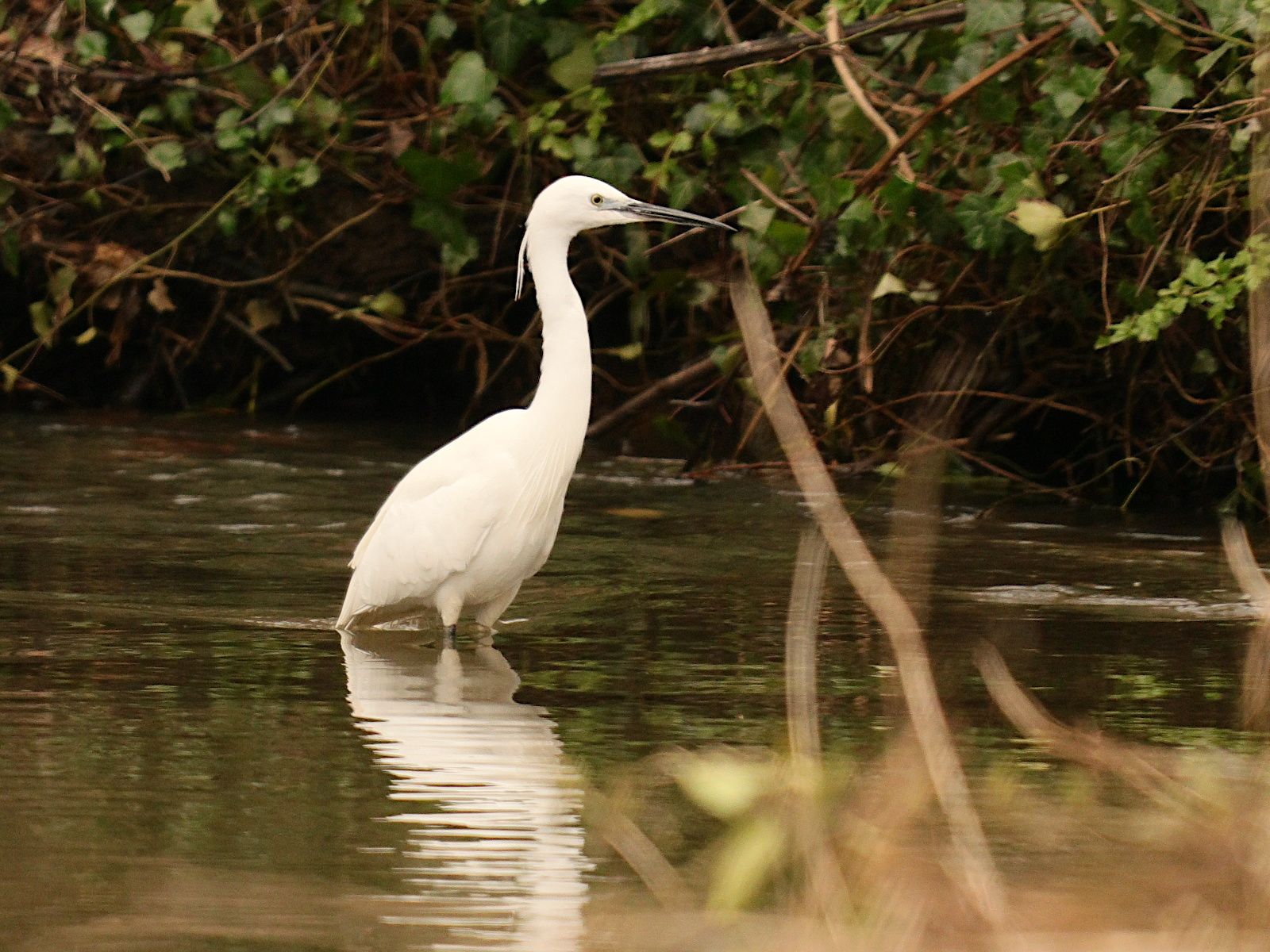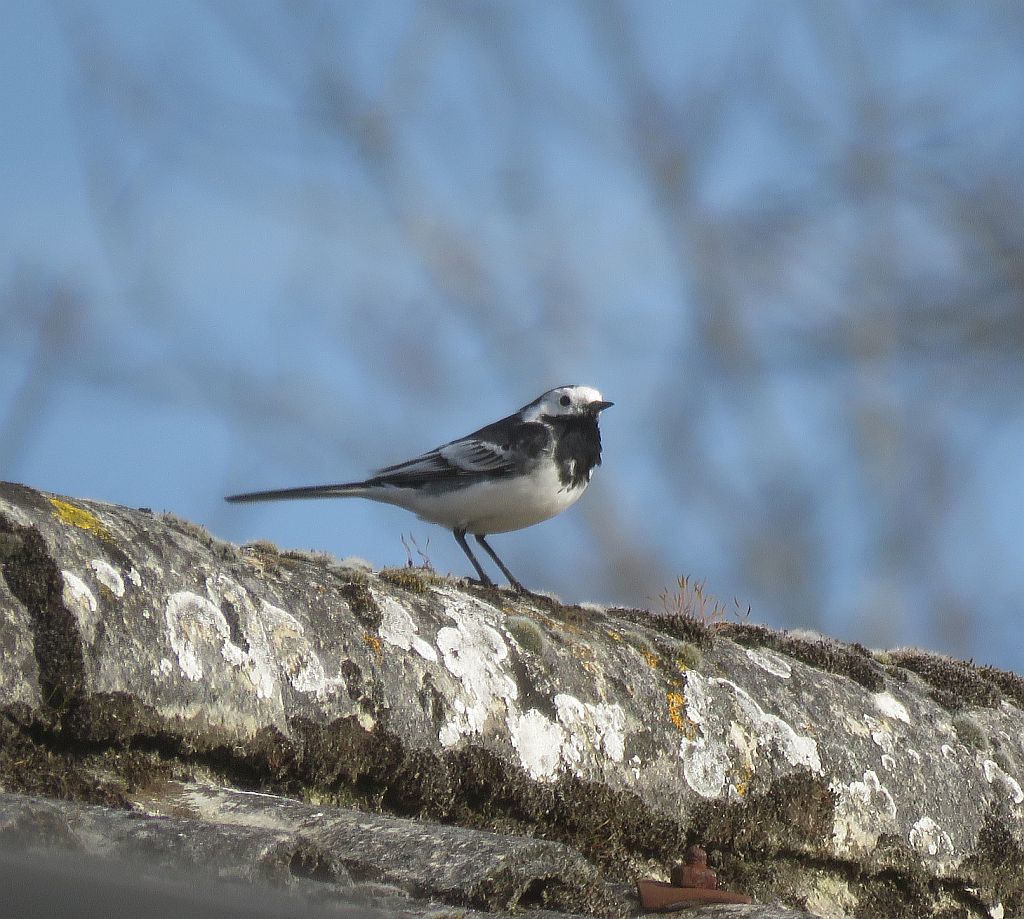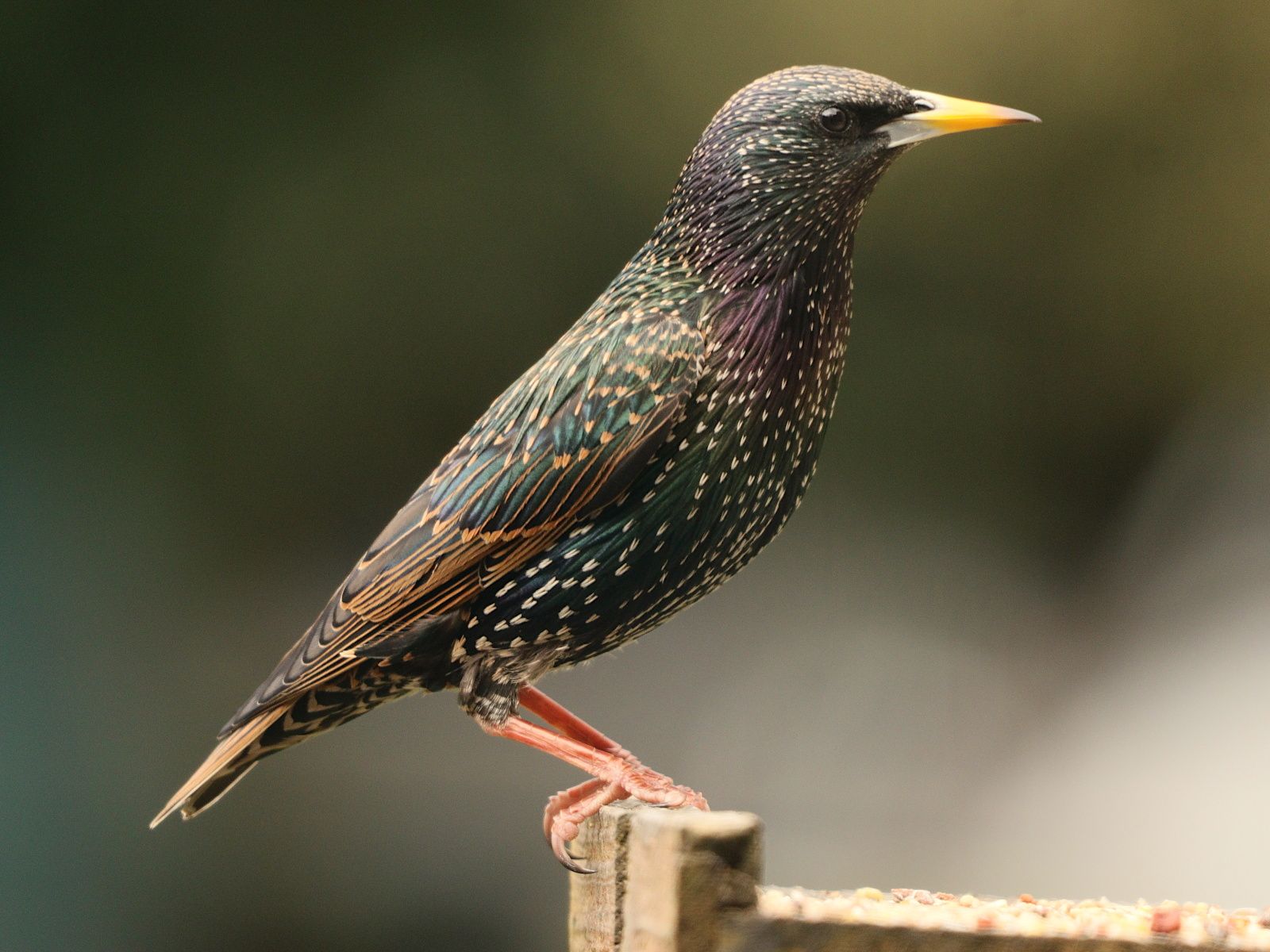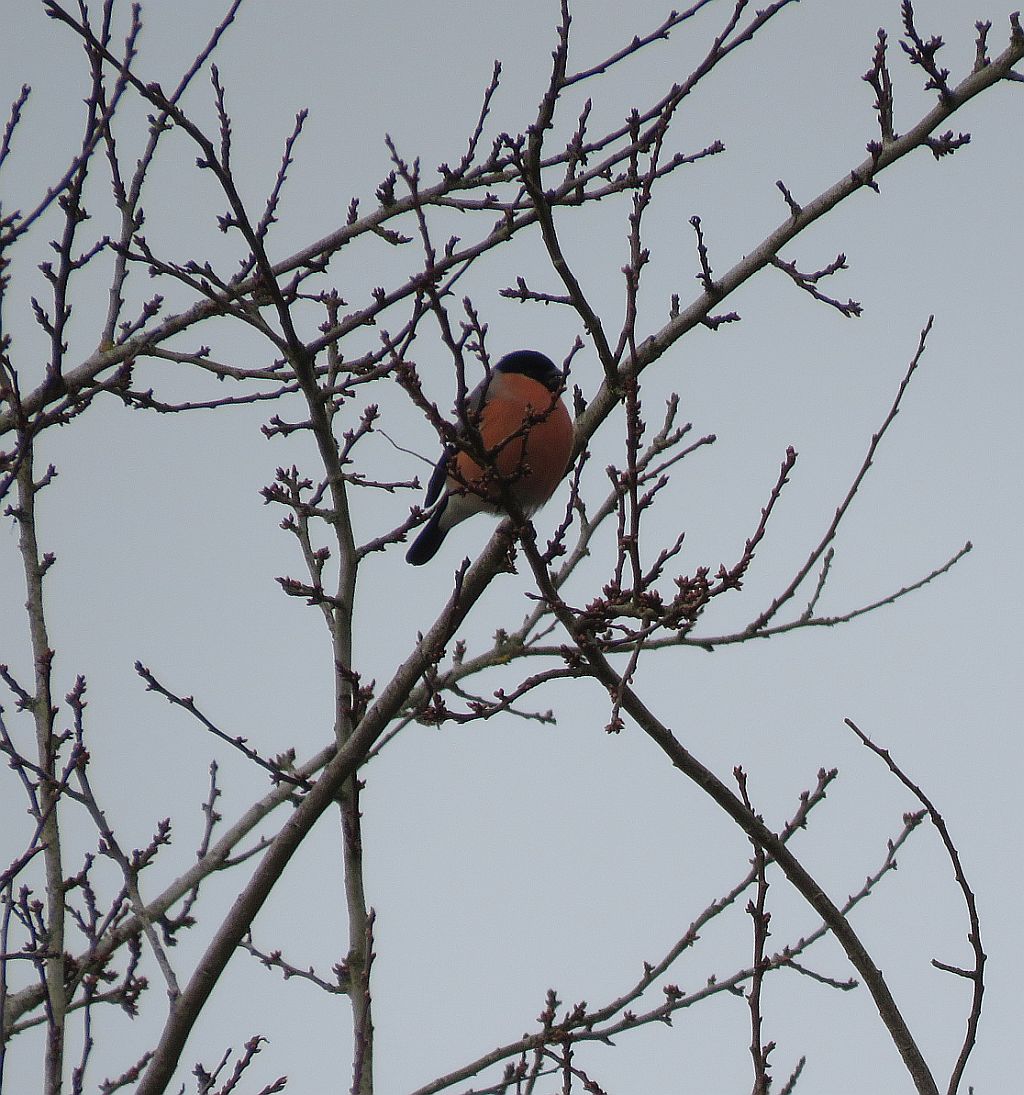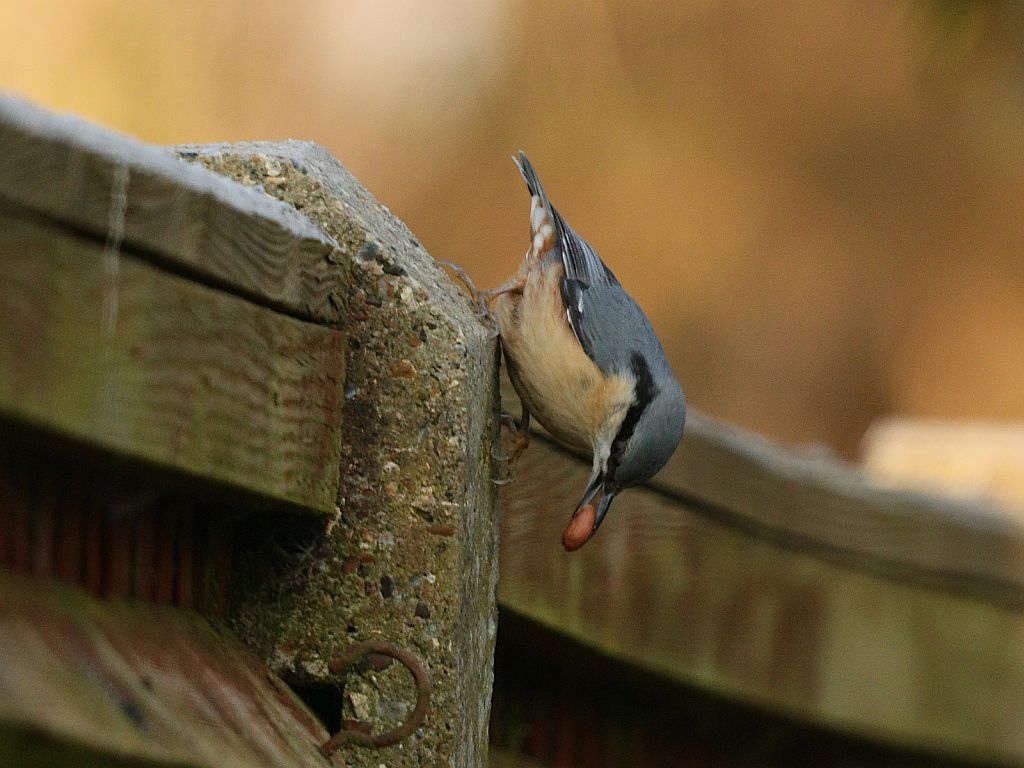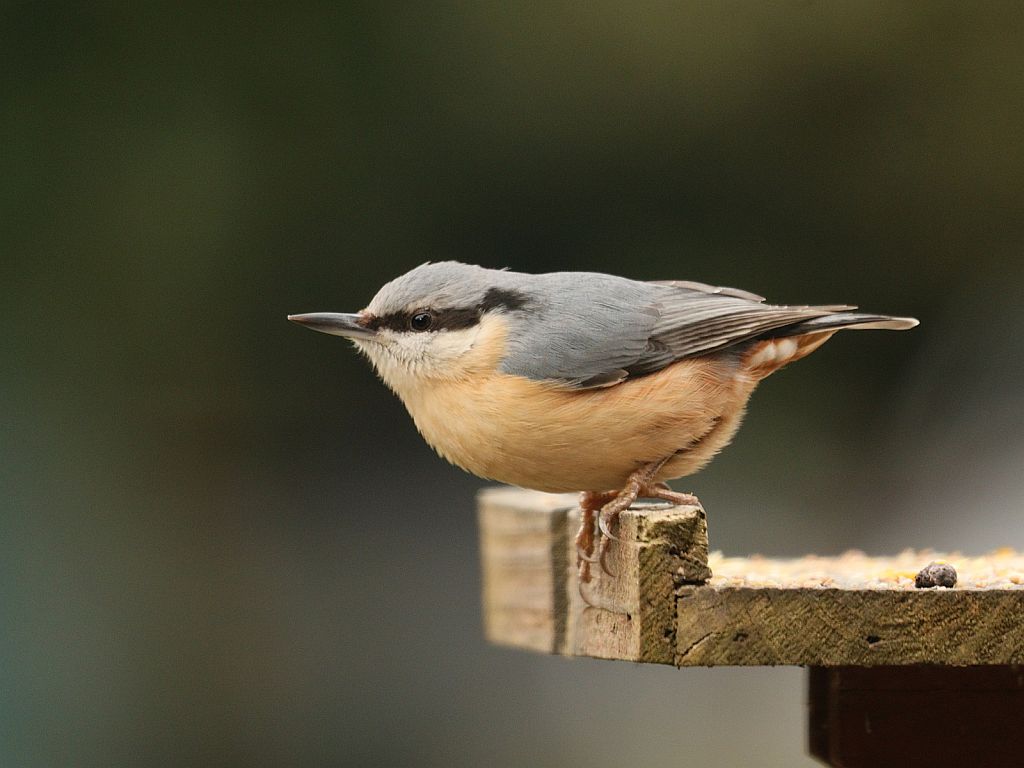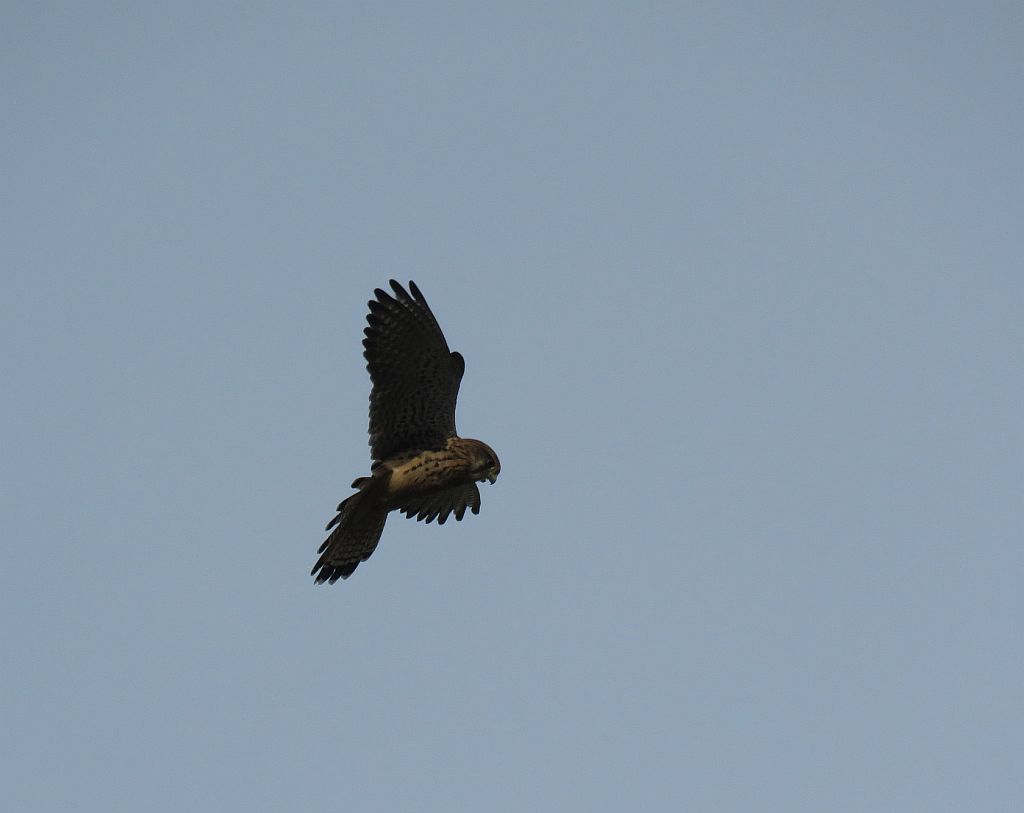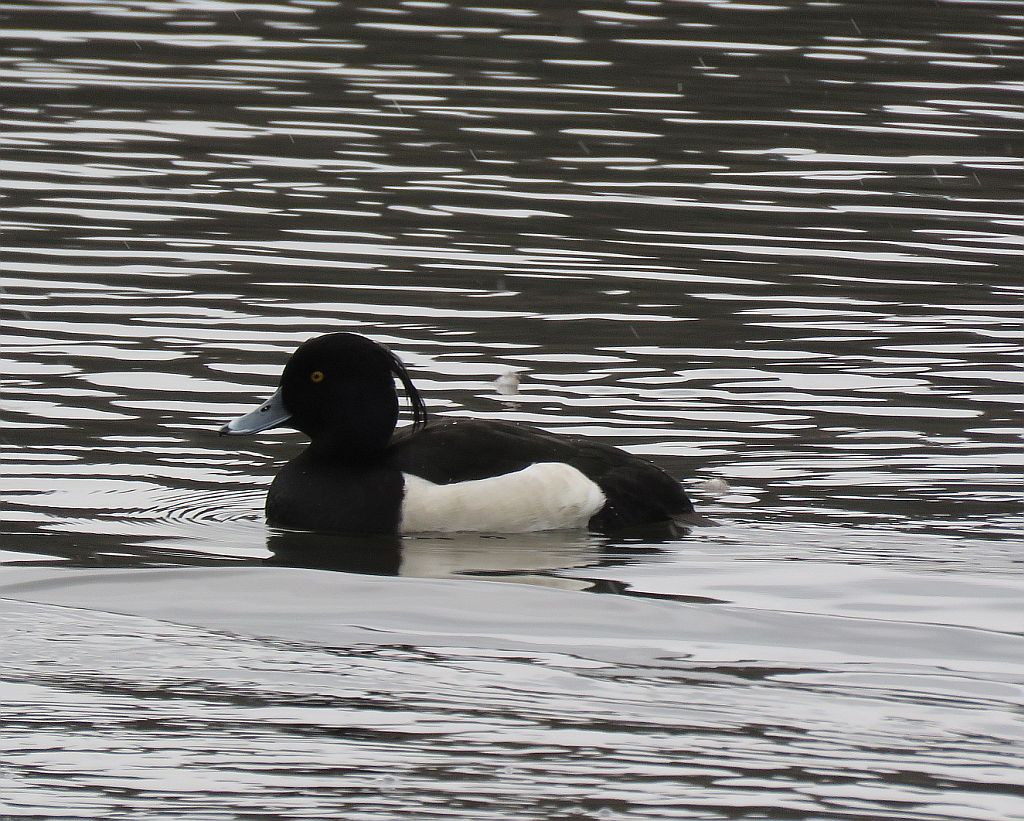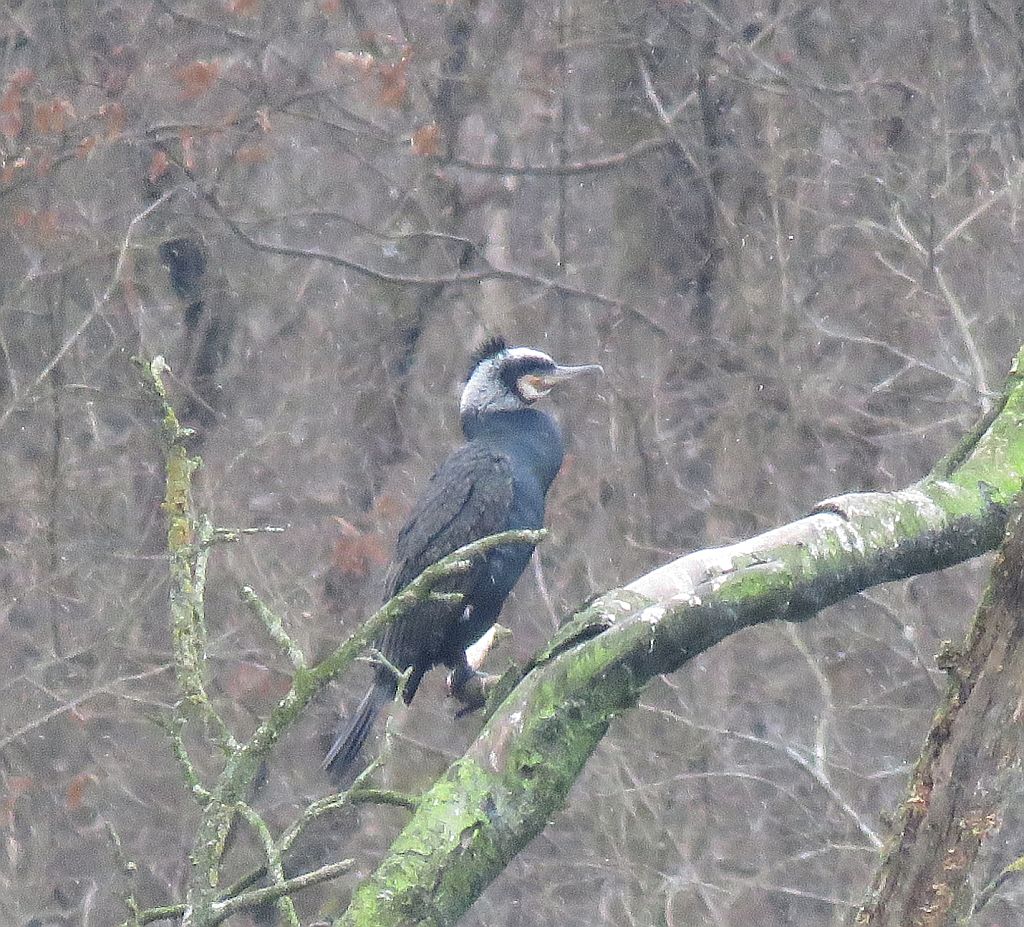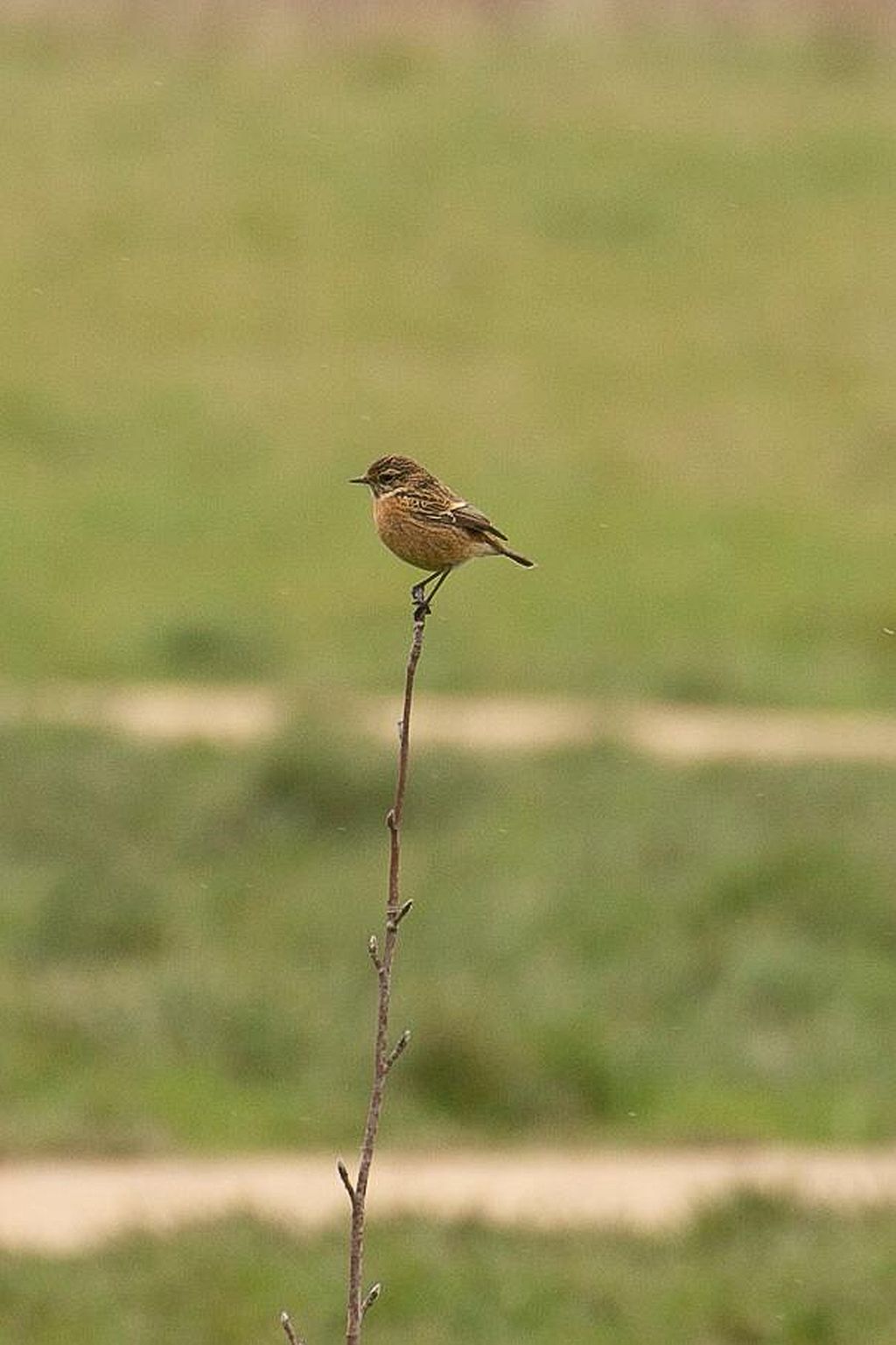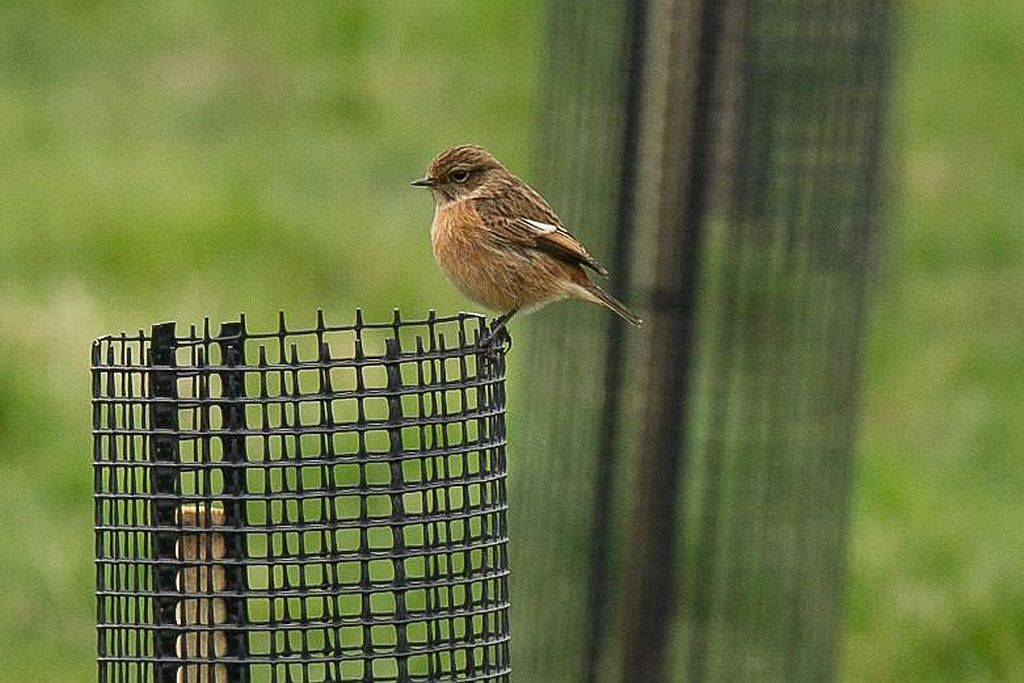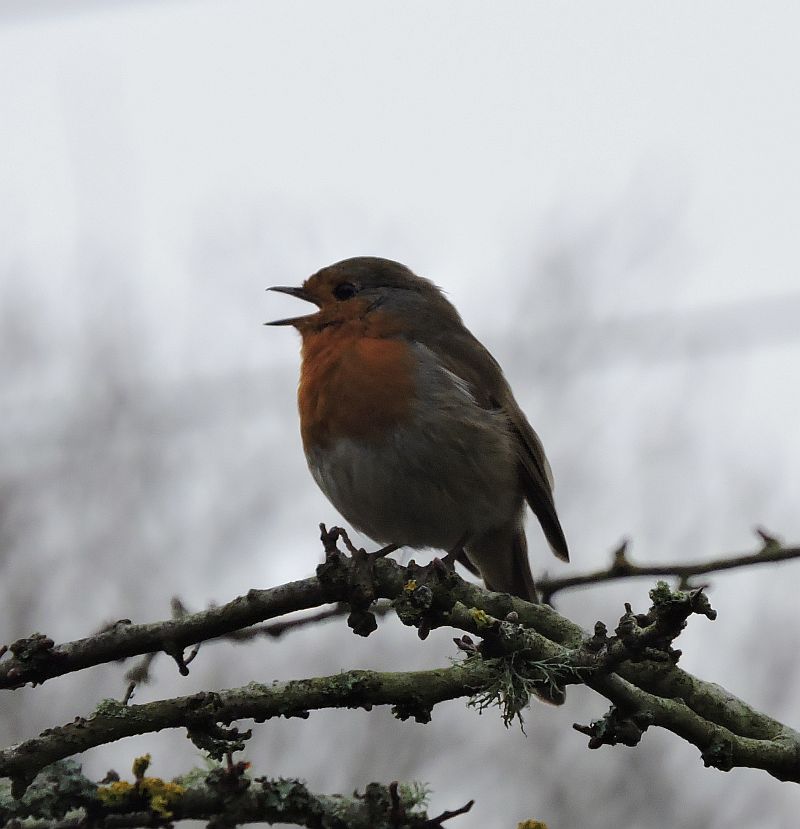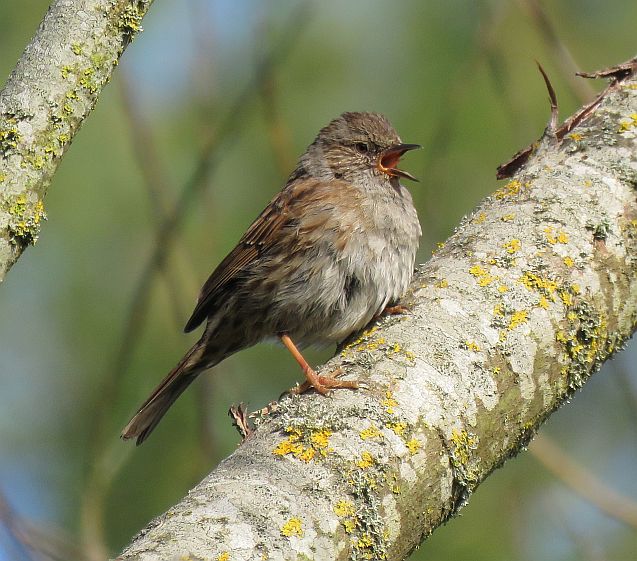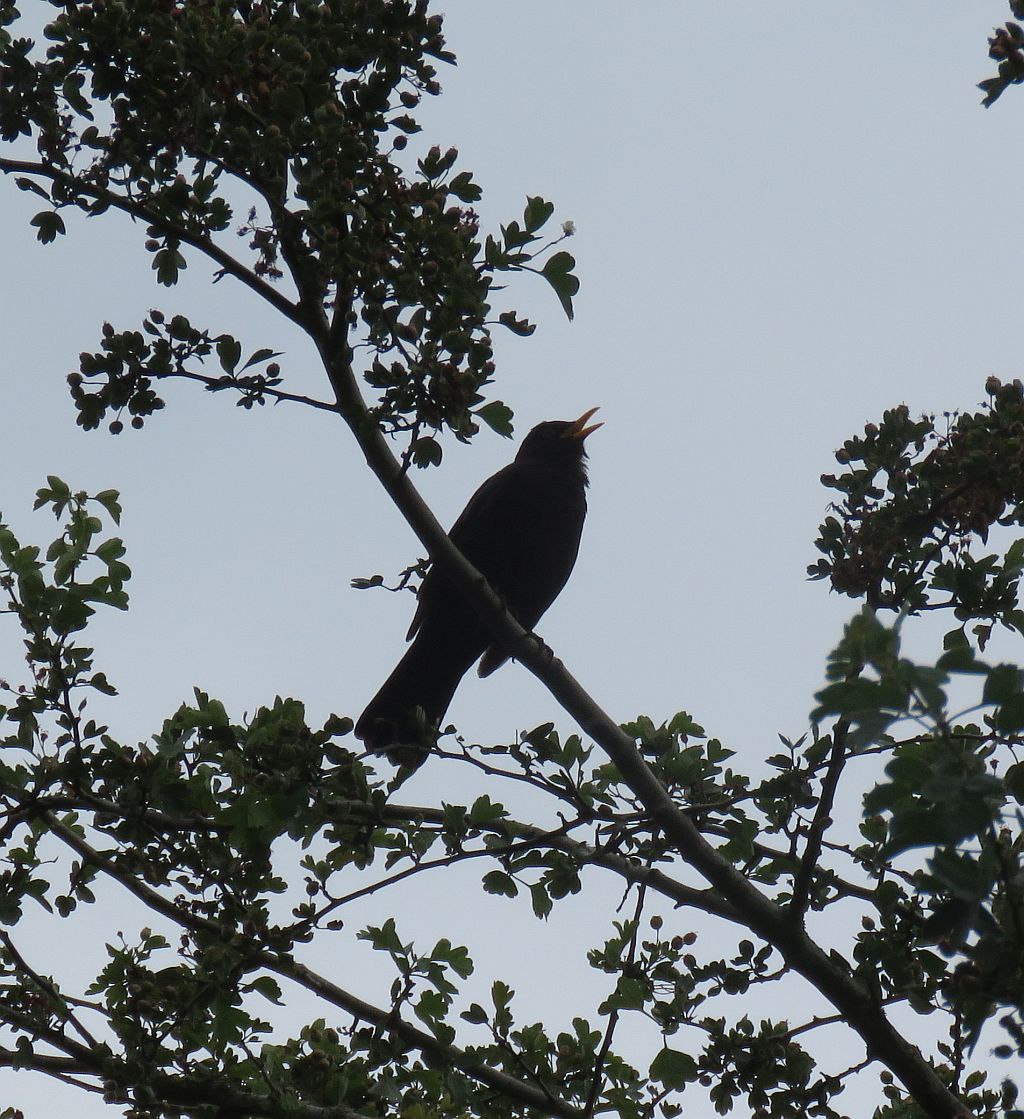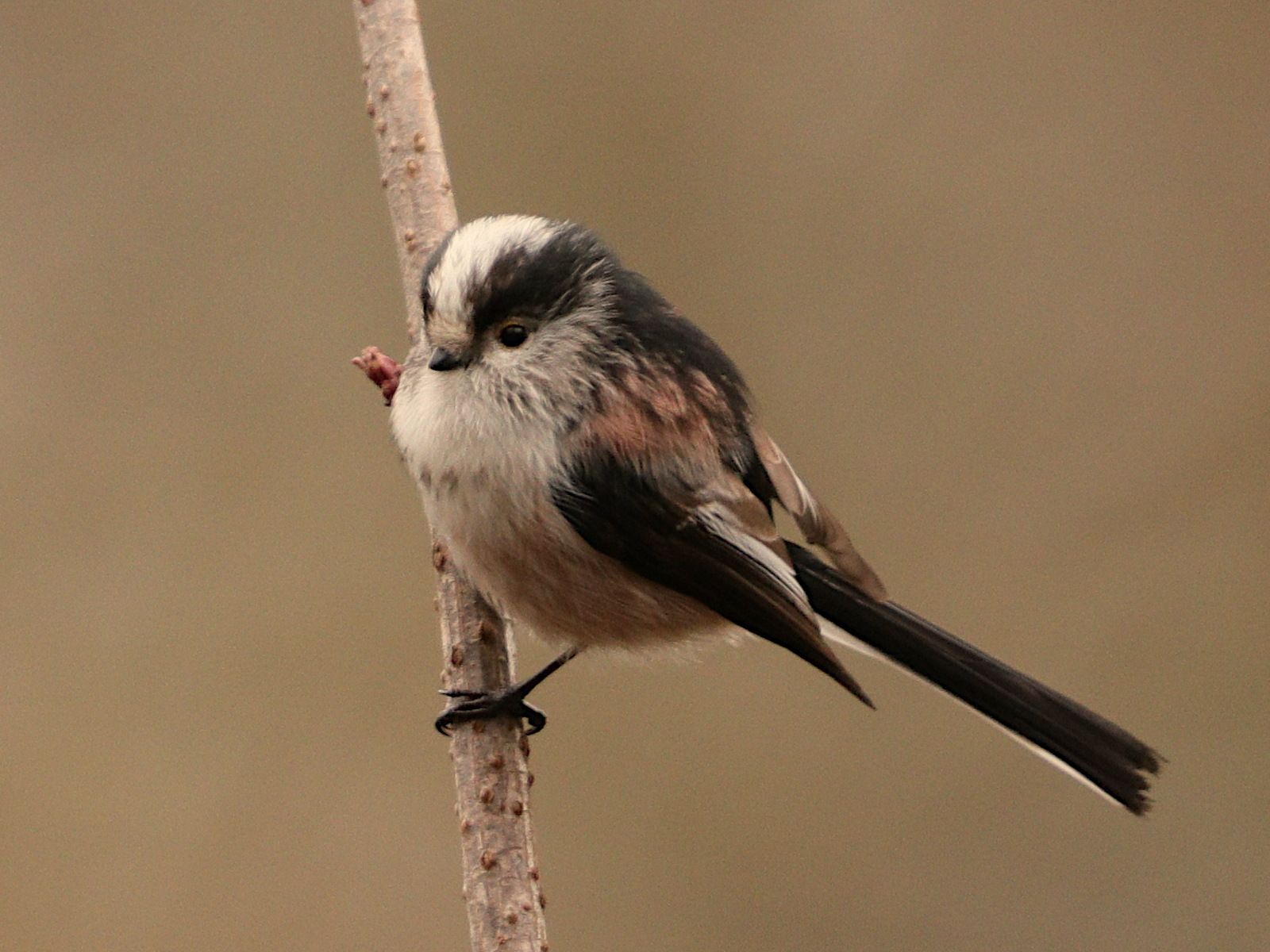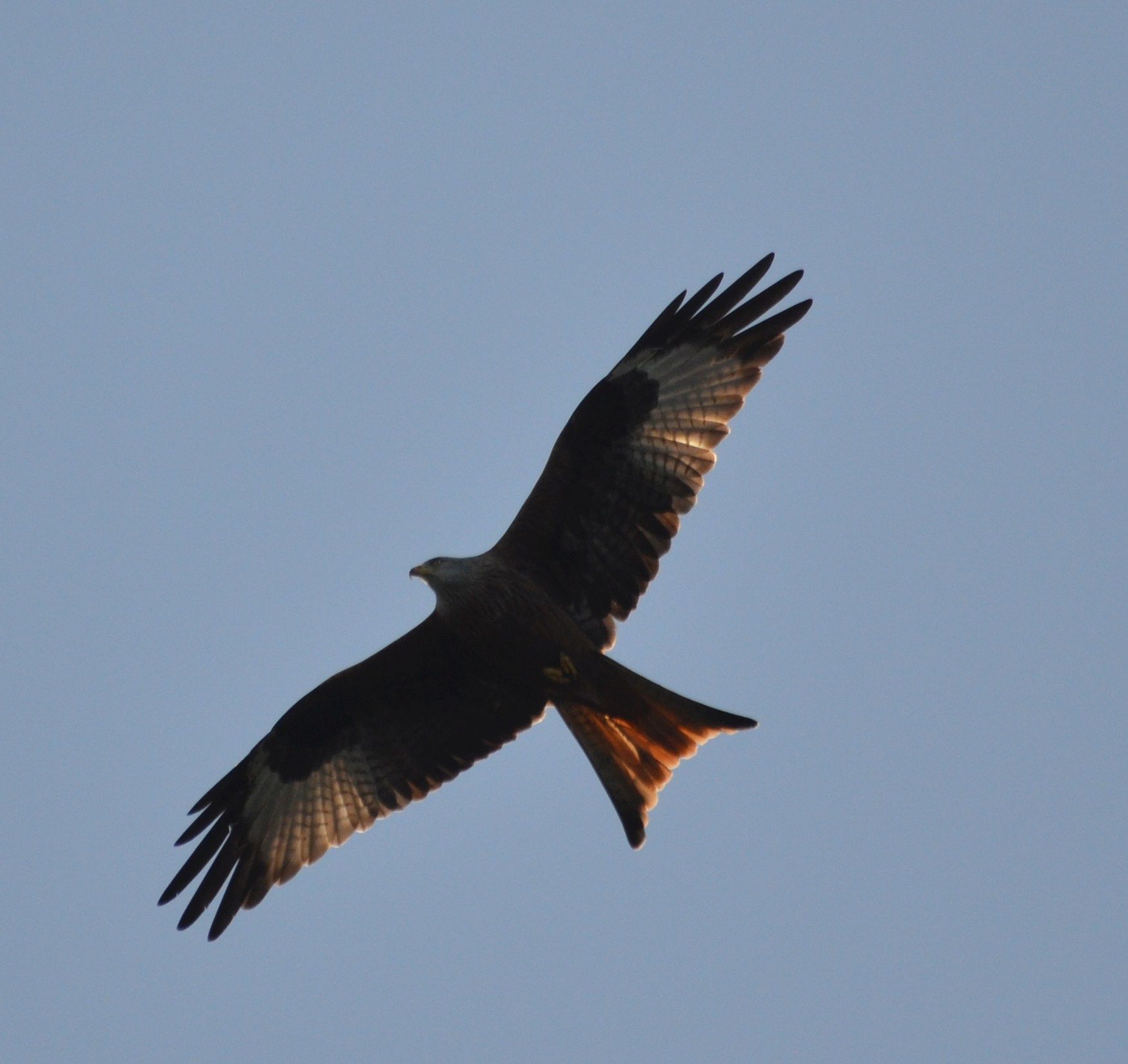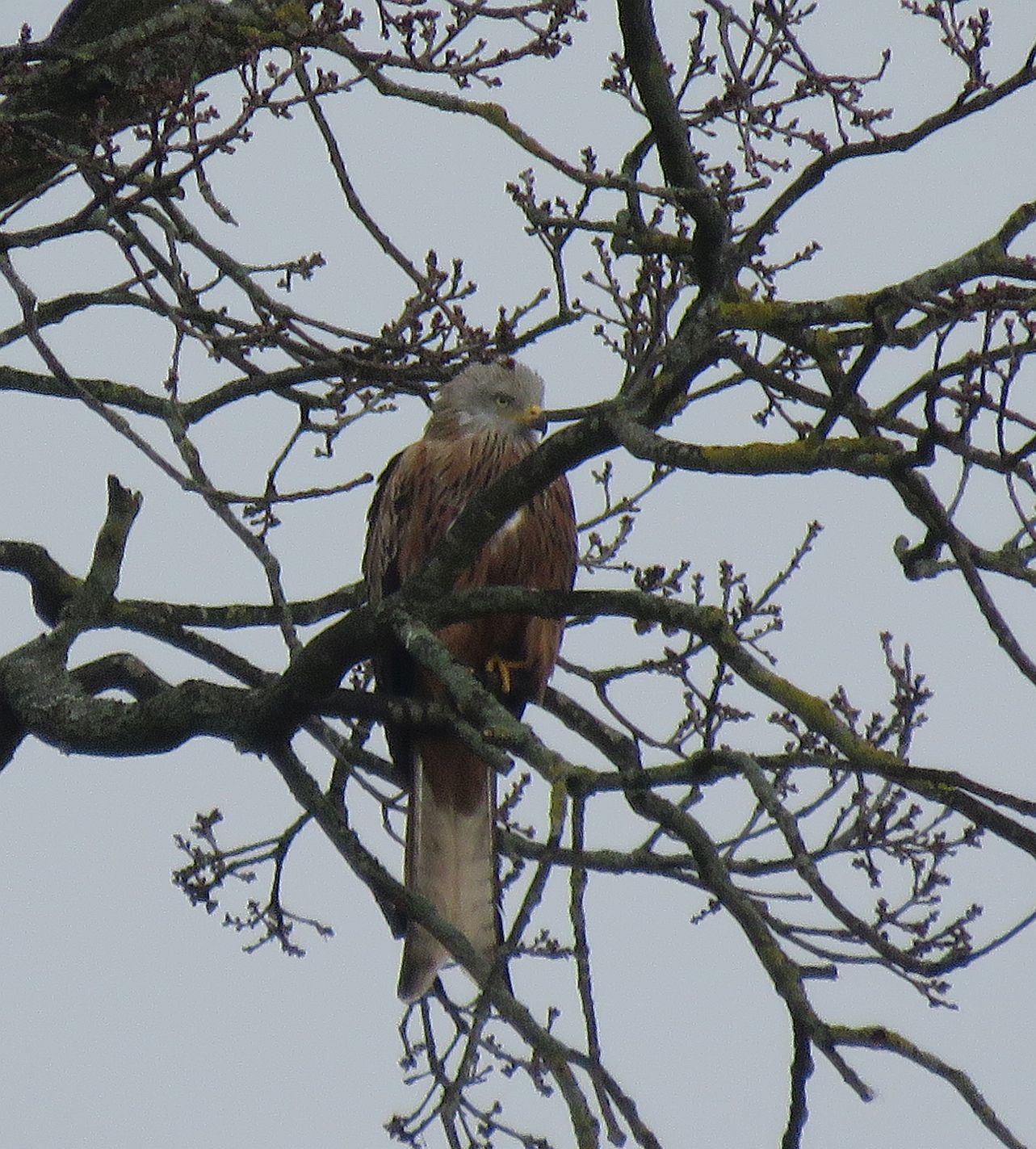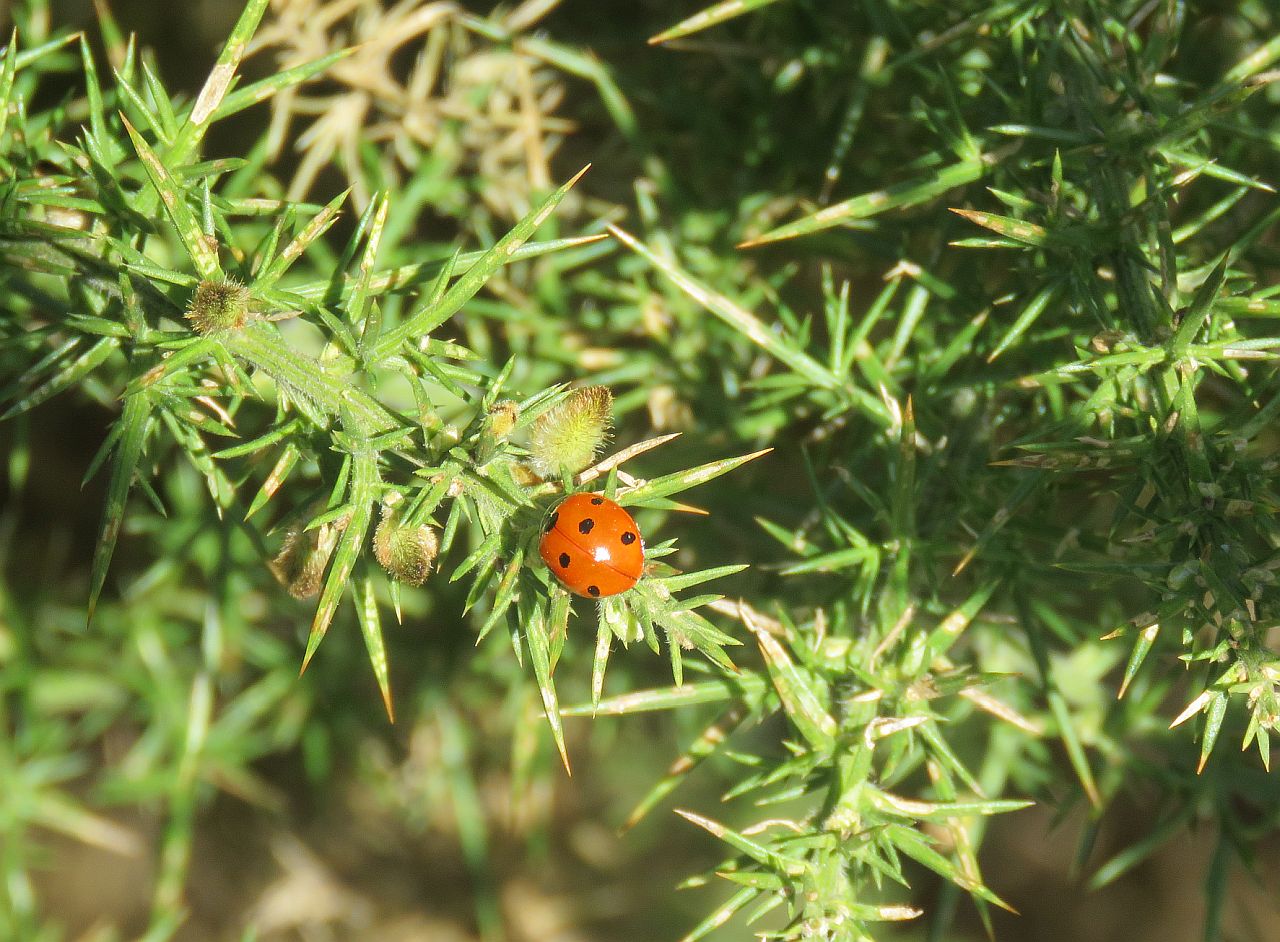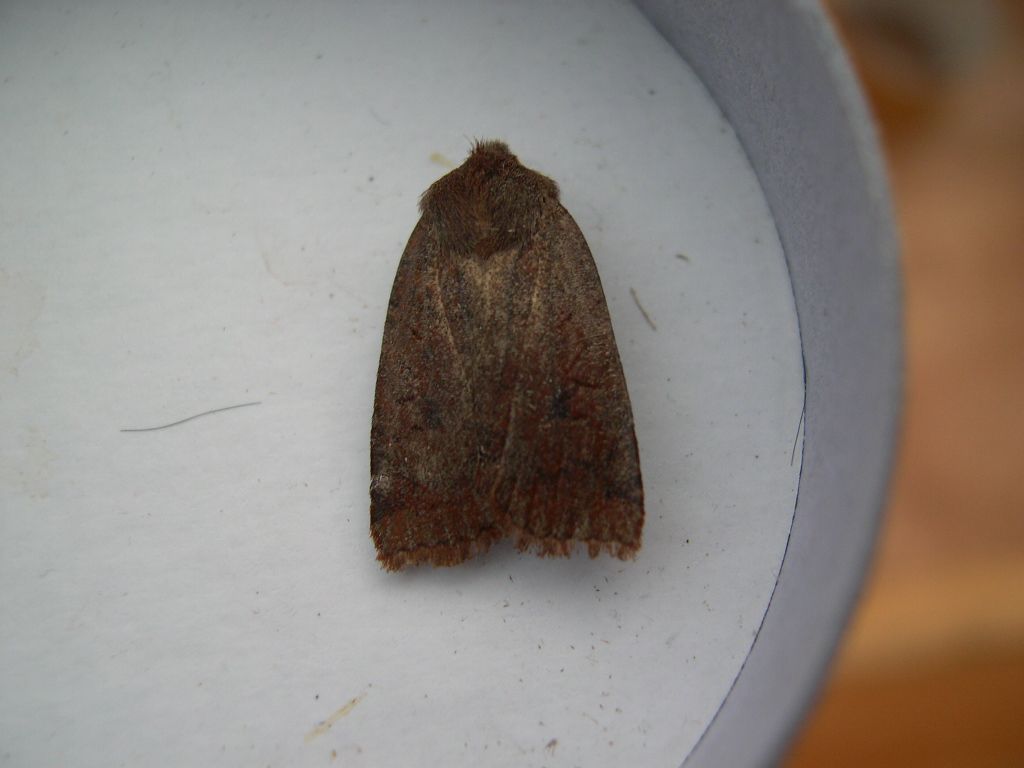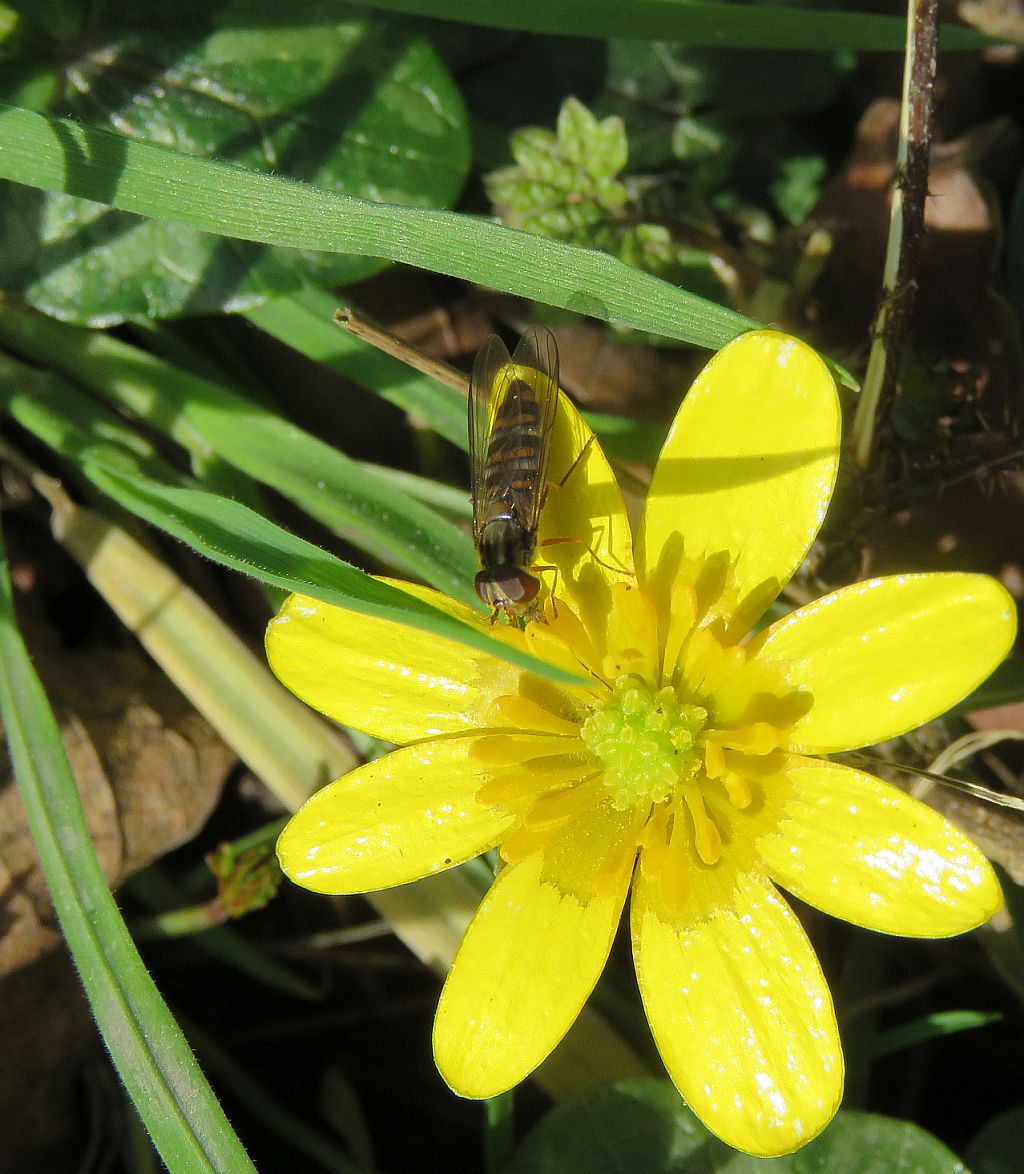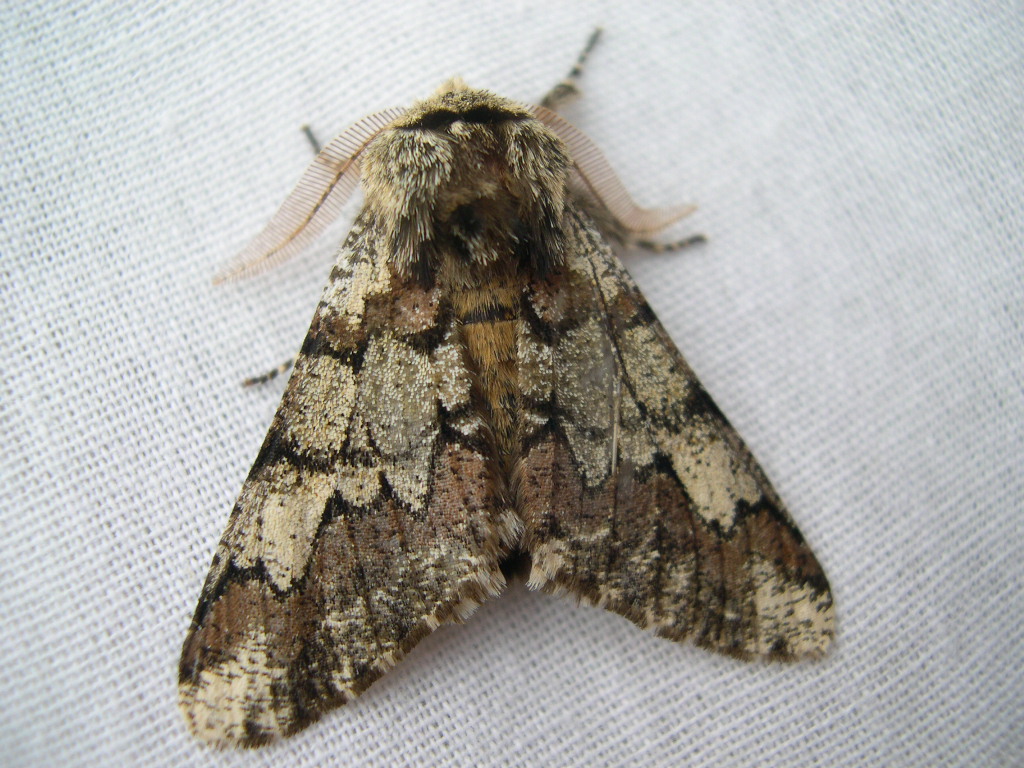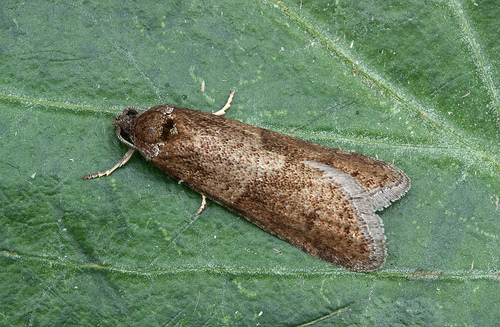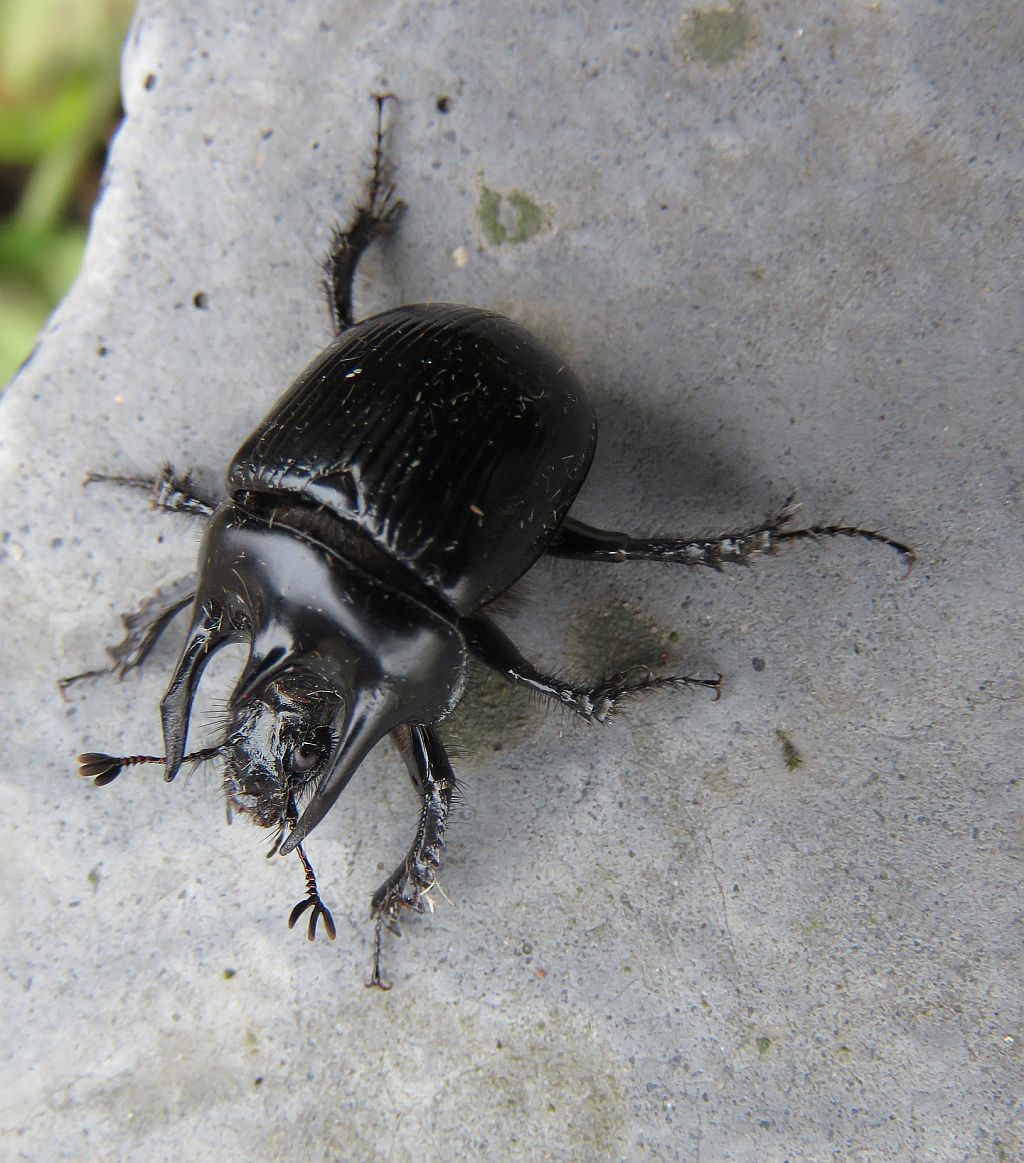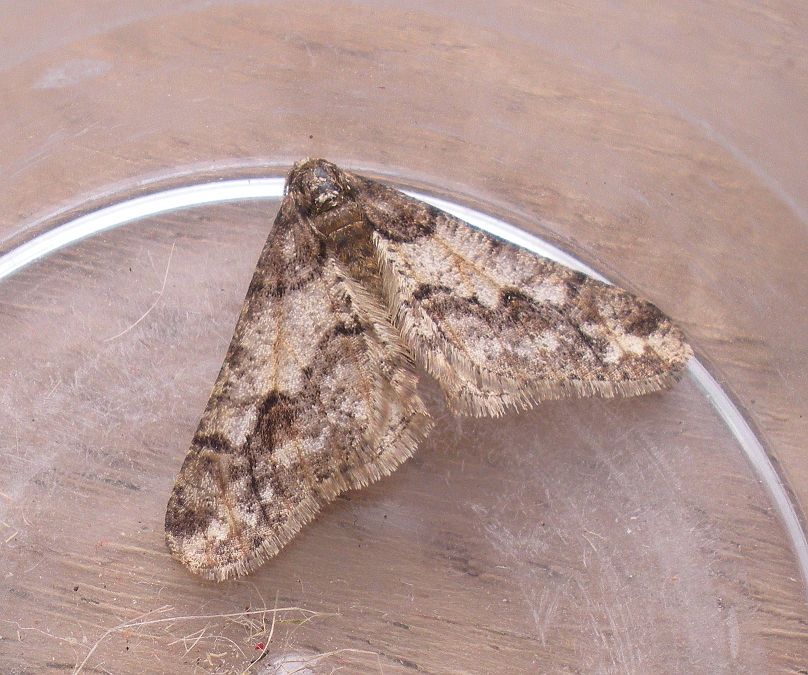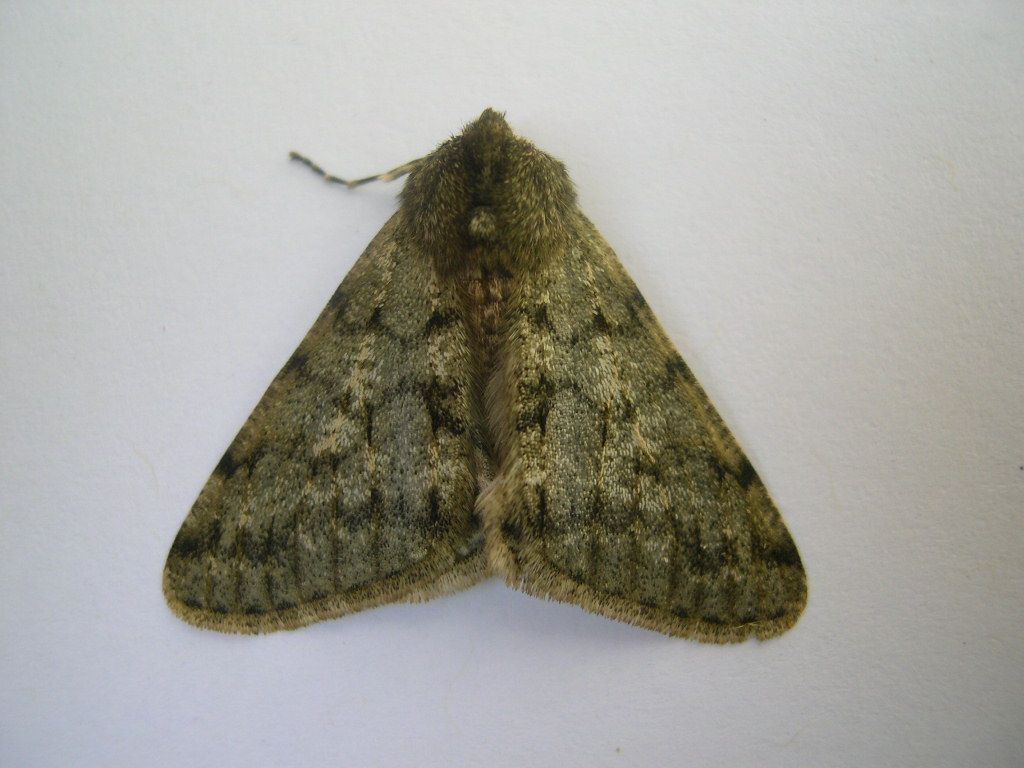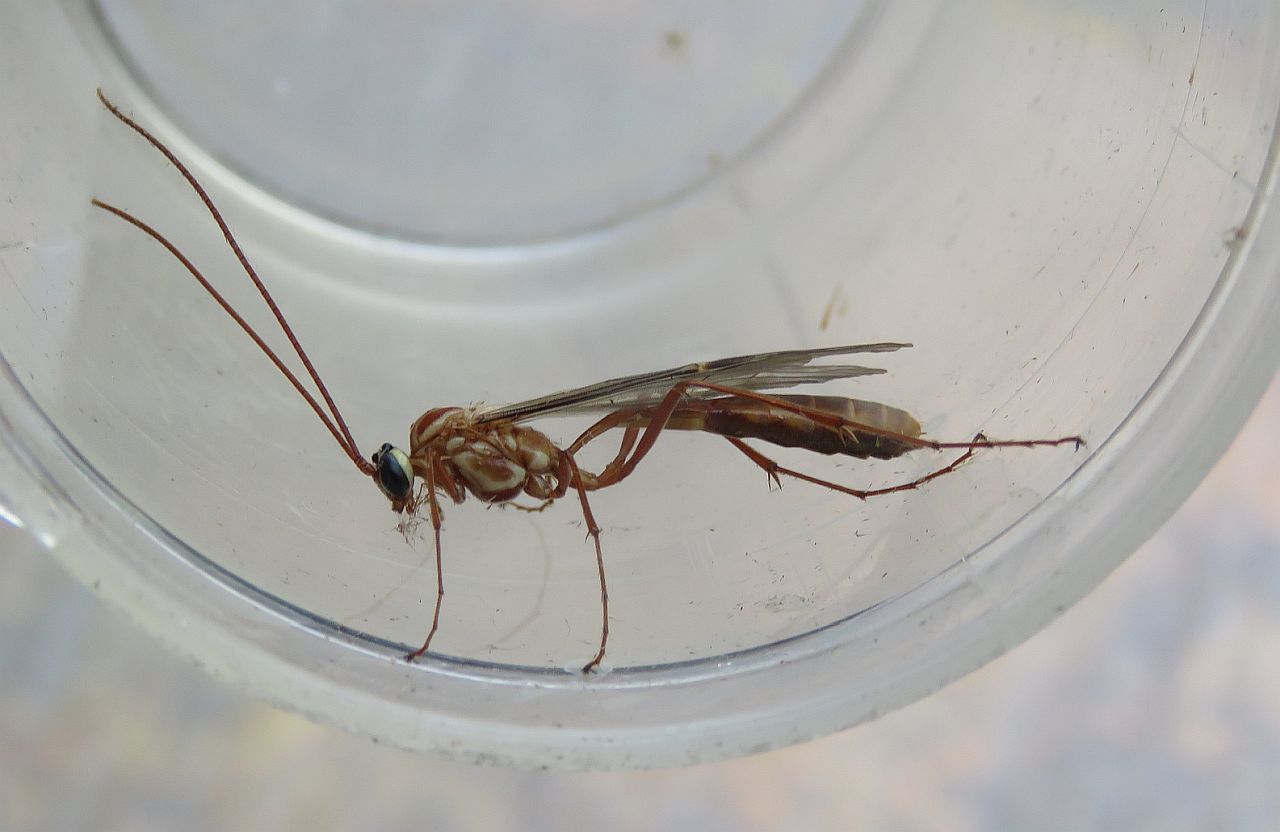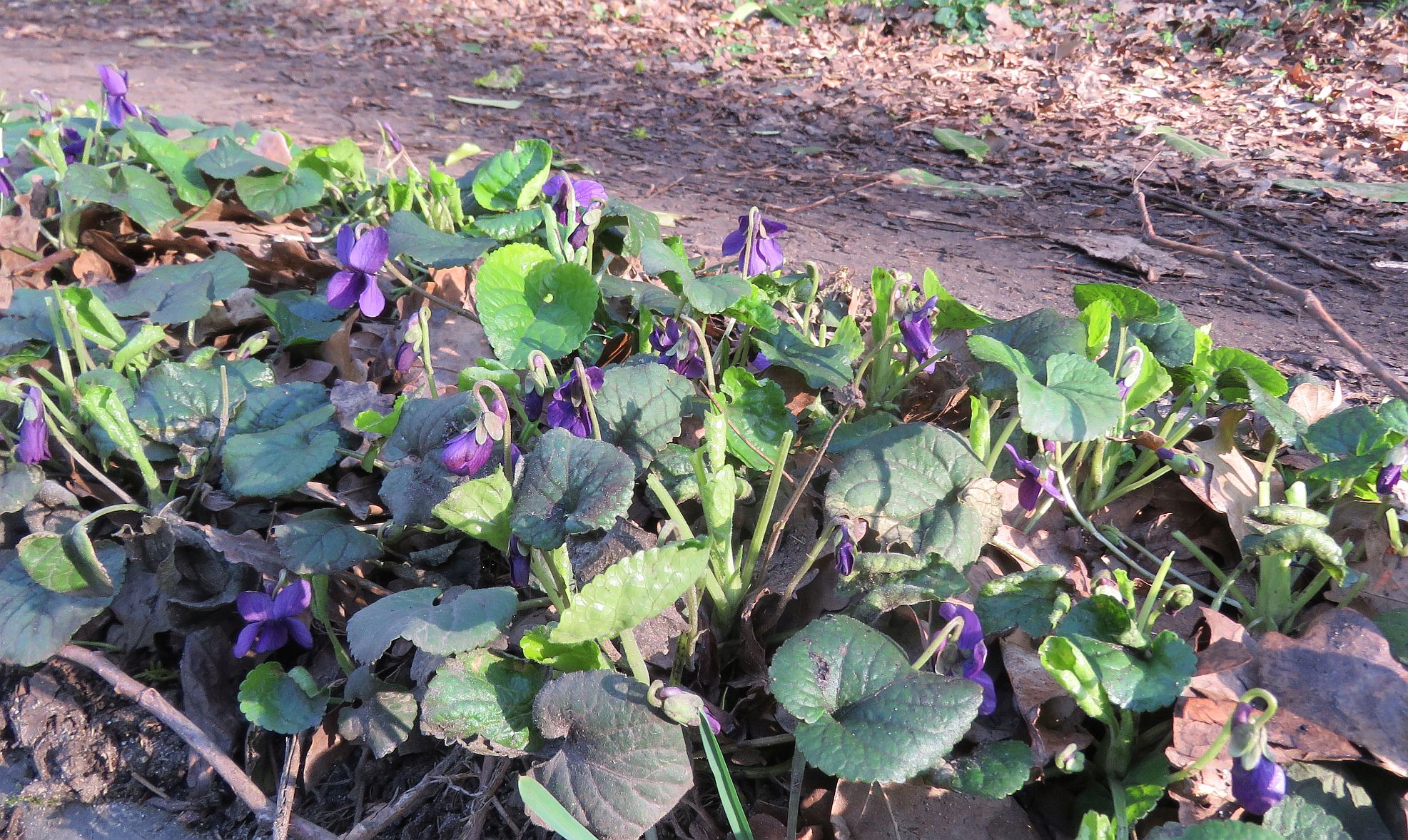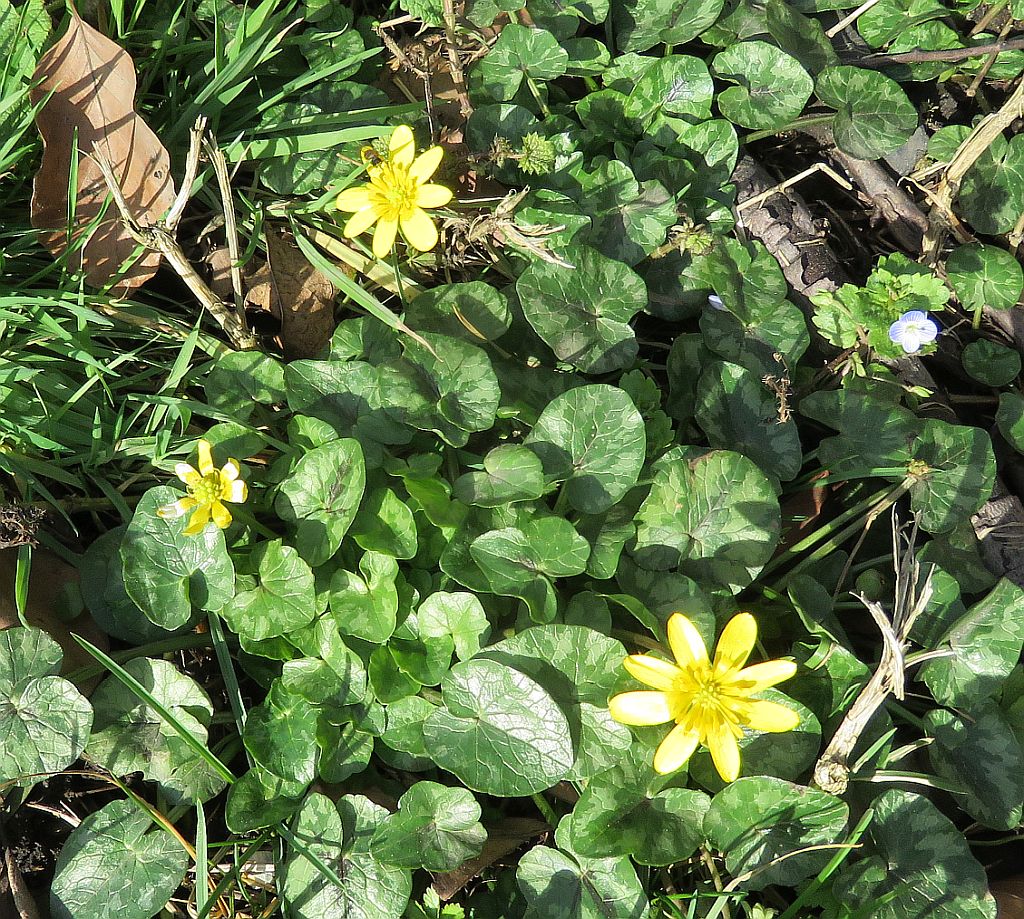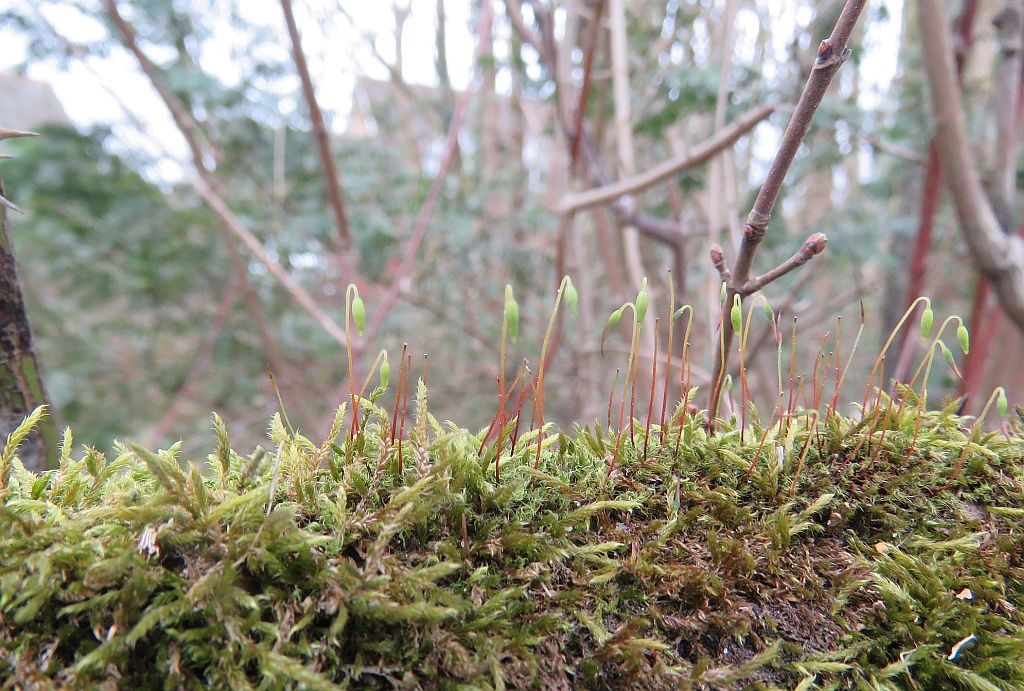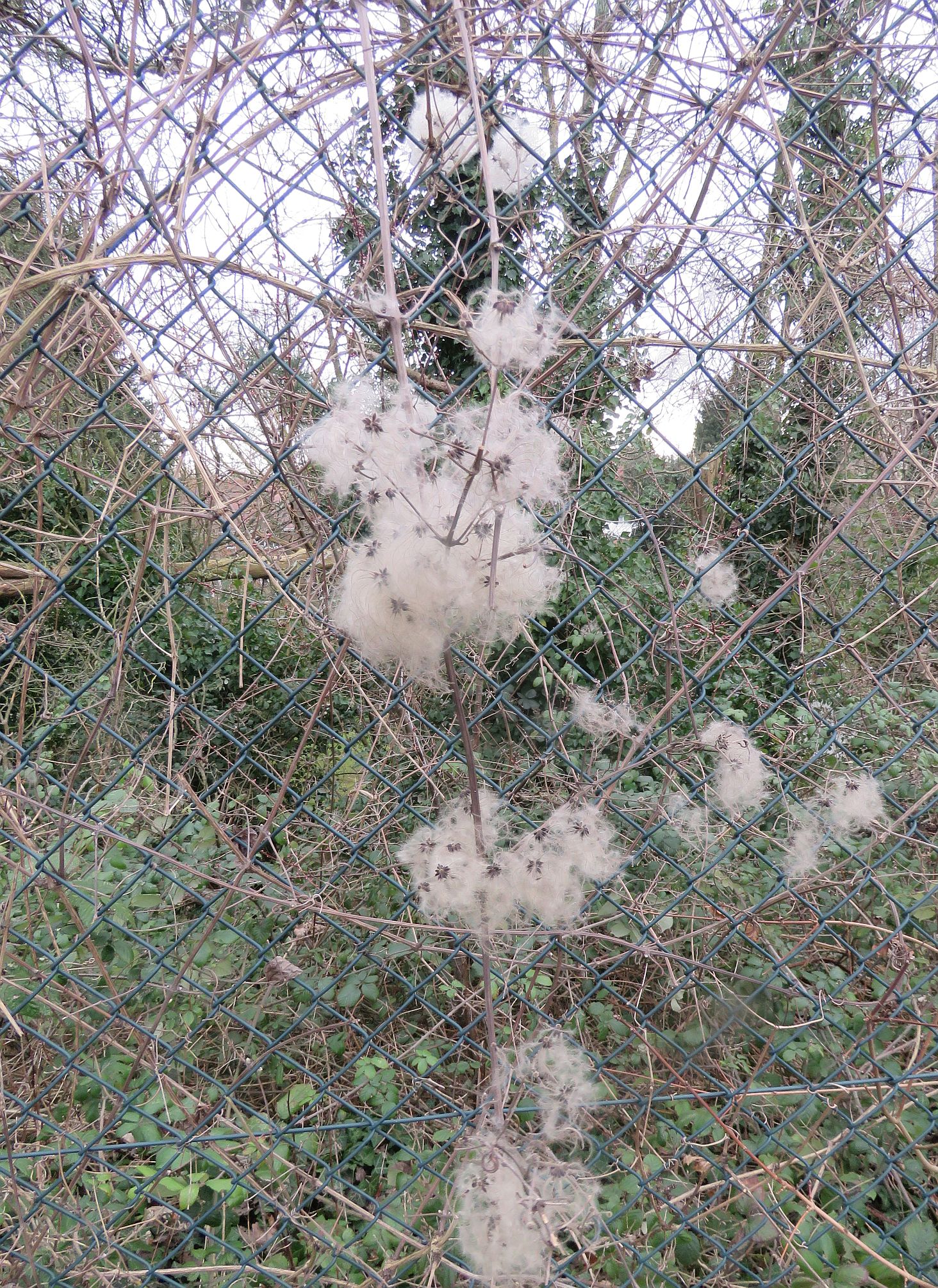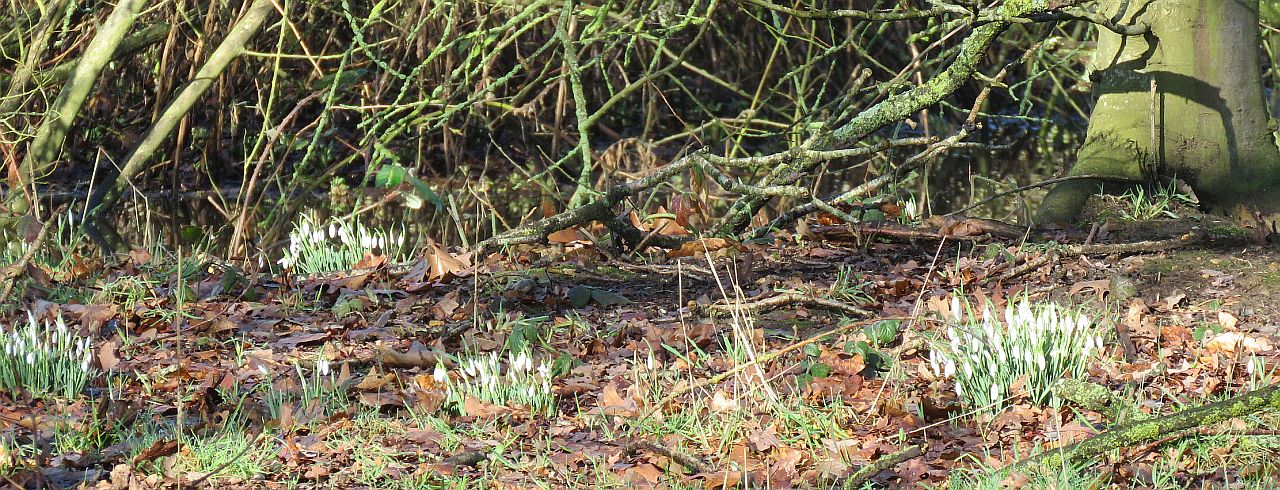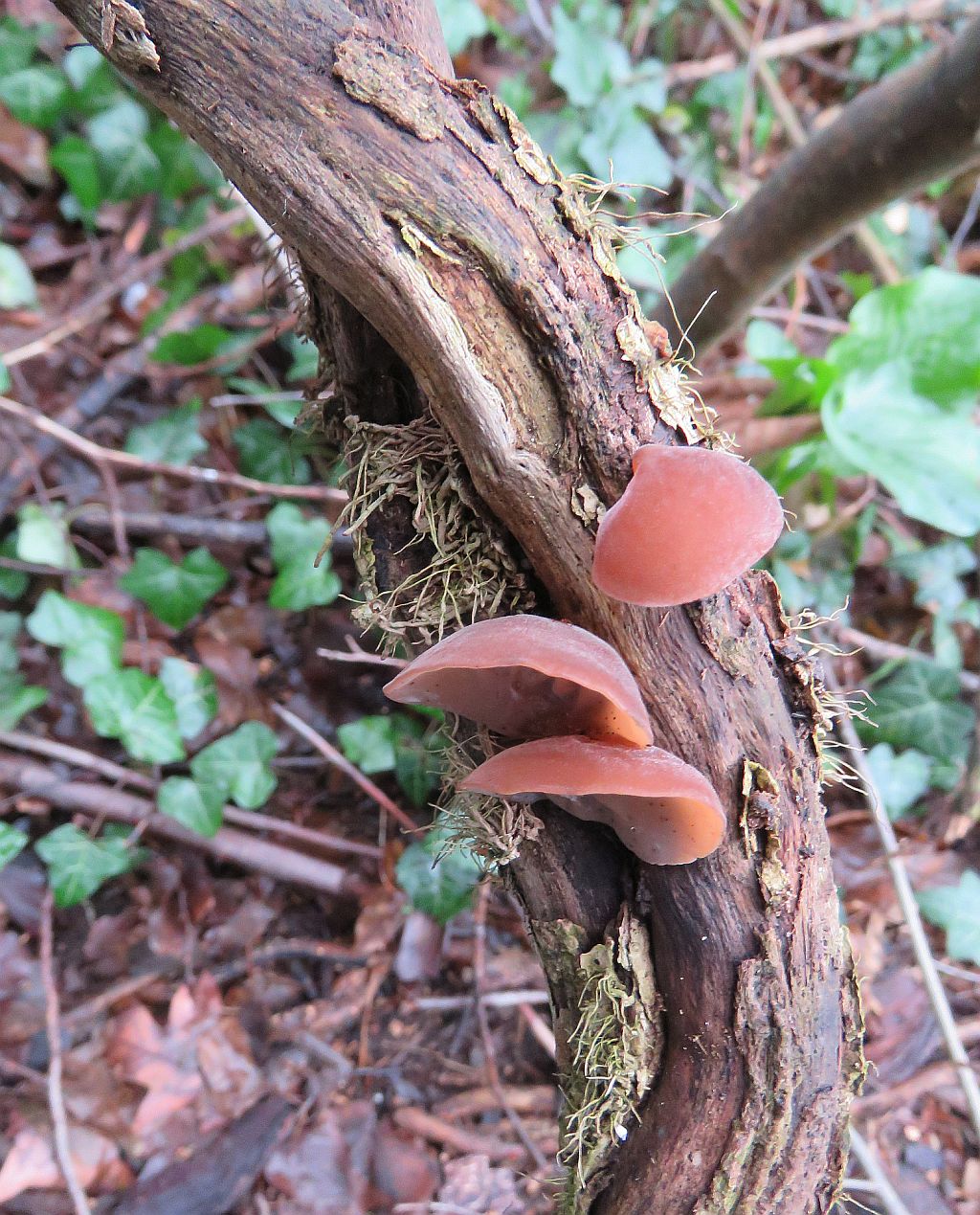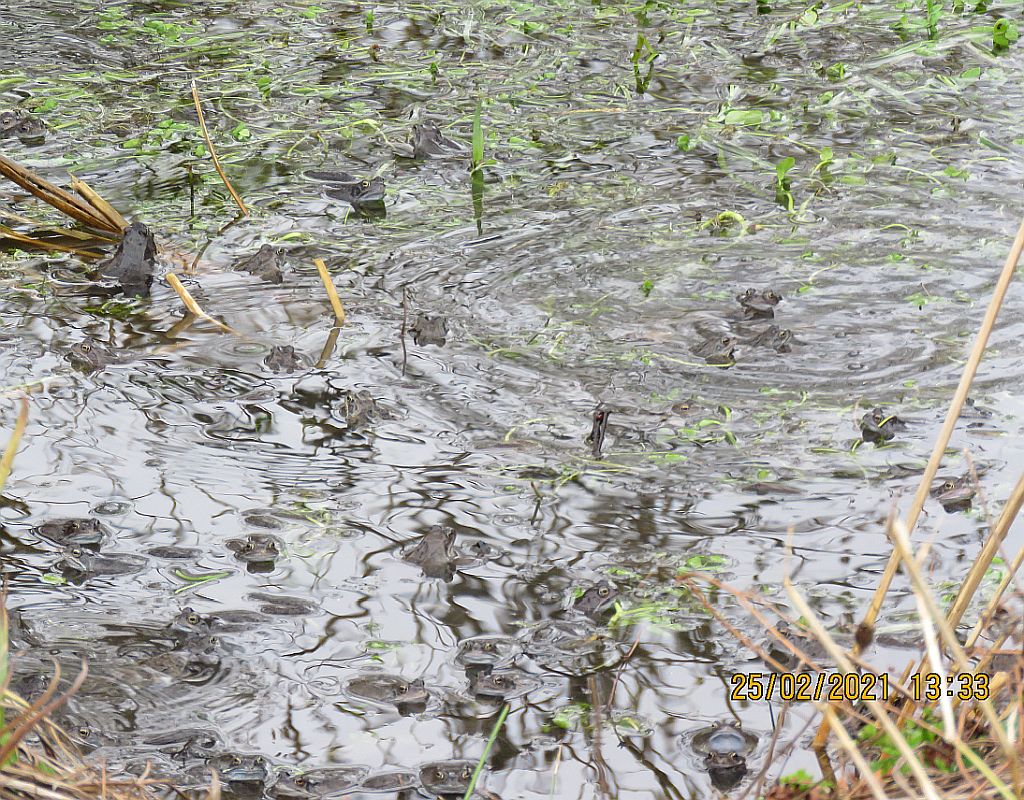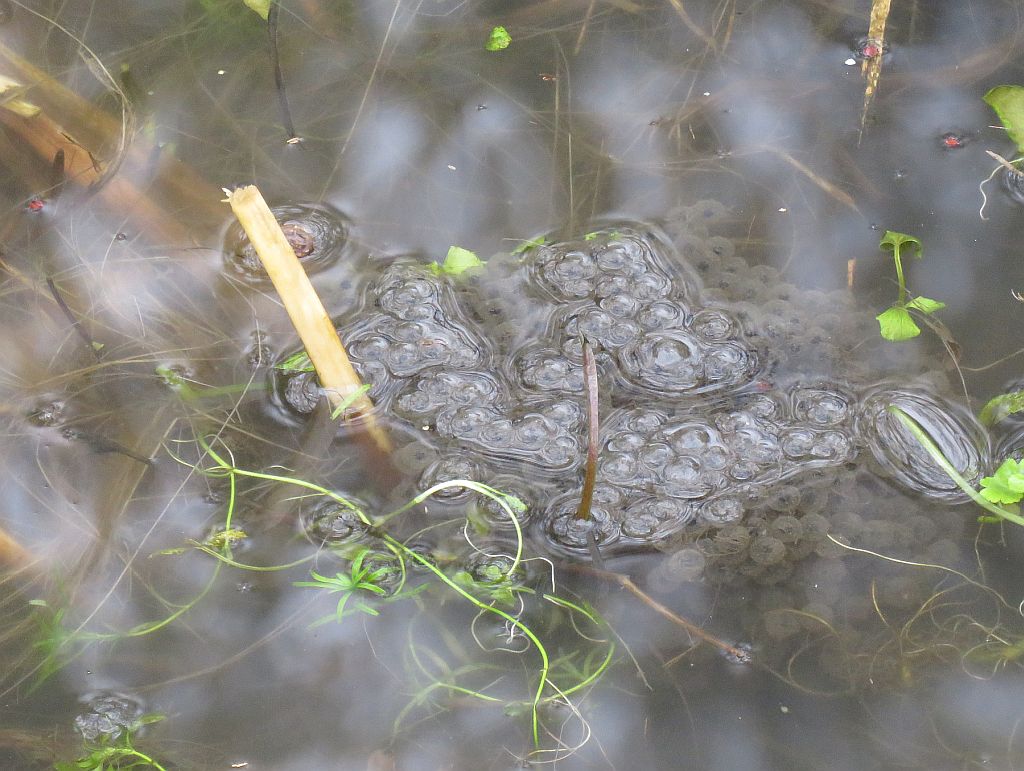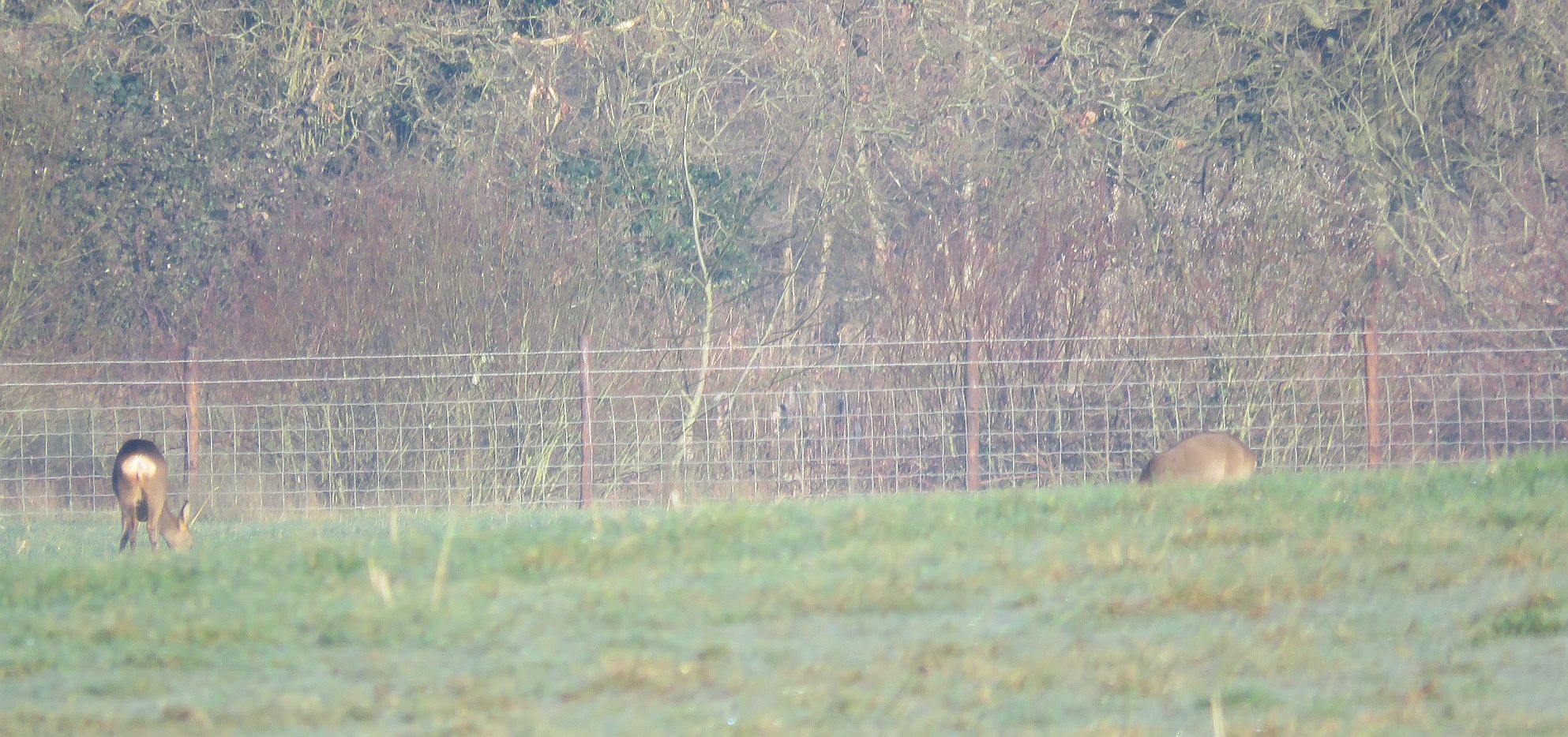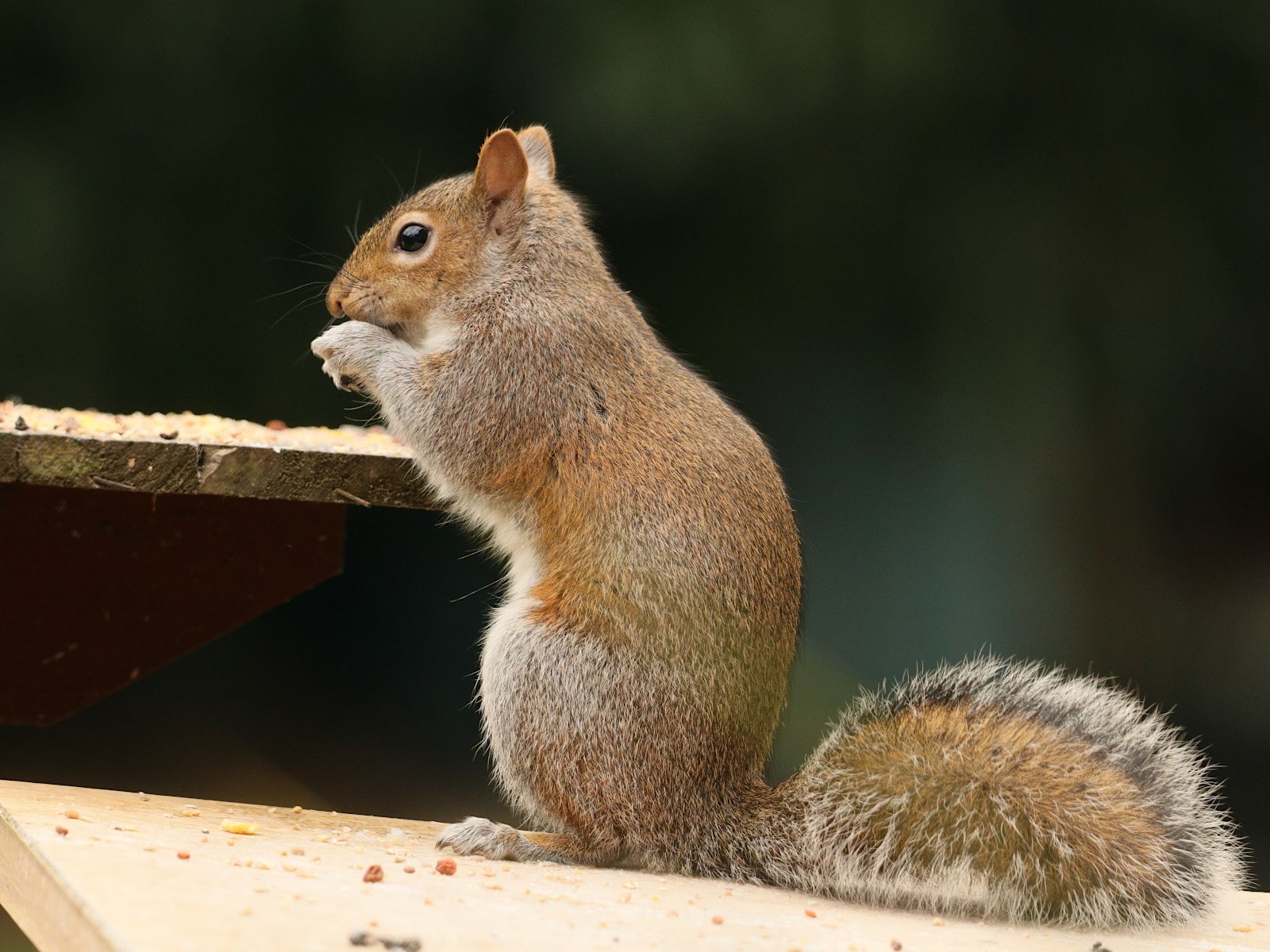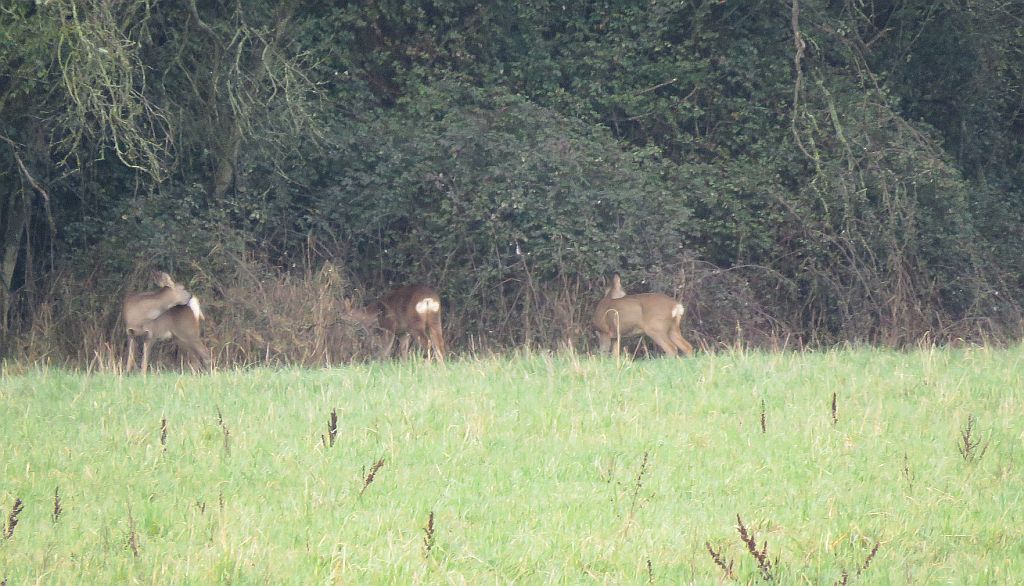
Click on the link to send in your sightings info@foteb.org.uk to help us monitor Emm Brook wildlife.This type of ‘citizen science’ allows us to get a clearer picture of what is happening along the Emm.
For previous months sightings see Archive
The "Area Seen" refers to the 11 sections that the Brook has been split into for monitoring purposes (see Wildlife page under Monitoring ).
For what you can expect to see on the Emm this month, click here February
All sightings unless stated are from personal observations by Eddie Napper.
Click on any picture to see a larger image
|
Birds
28/02 /21
27/02 /21
26/02 /21
25/02 /21
24/02 /21 A group of Carrion Crow took an extreme dislike to a Sparrowhawk that flew across their field in Area 7A. The same or another Sparrowhawk was seen over Area 6 by Paul O'Neill. 23/02 /21 A Peregrine was seen circling/drifting over Area 6 by Paul O'Neill. 22/02 /21 A returning migrant Wheatear was seen in the Car Park field in Area 10 by Andy Bishop, an early spring migrant Paul Bright-Thomas was watching in his Area 4 garden and saw 4 Black-headed Gull flying high North West and 87 Wood Pigeon going high North , the largest flock of 41 birds. 21/02 /21
20/02 /21
19/02 /21 Paul O'Neill was in Area 7A this morning and saw a female Kestrel over the Ashridge Stream,also 2 Redwing and 2 Fieldfare were in the streamside bushes a flock of 25 Linnet which also contained a male Yellowhammer and a Meadow Pipit .3 Mallard were seen flying off from Ashridge Meadows in Area 7A at 15.45.A Little Egret was also seen in Ashridge Stream by Sue Farrington. 18/02 /21
16/02 /21 5 Pochard were seen on Heathlake by Des Sussex in Area 1 .3 Little Egret were seen flying low over the DAC in Area 10 by Fraser Cottington,meanwhile Tim James saw a Manderin around the feeding area. 15/02 /21
14/02 /21 In Area 10 a Goldcrest was moving through the hedgerow in the DAC Car Park and a Common Buzzard flew from a tree before flying off over the A329M. 13/02 /21
12/02 /21 In Area 4, Paul Bright Thomas was in his garden and saw a female Chaffinch and a Fieldfare . 11/02 /21
10/02 /21 In Area 10 a pair of returning Oystercatcher were seen flying over Sanford Lane, calling, by Anne Cronin and in Area 7A ,2 Ring necked Parakeet were seen flying from Garden feeders. 09/02 /21
08/02 /21
07/02 /21
06/02 /21
05/02 /21 Heard in Area 7A at 00:30 was a calling female Tawny Owl . 04/02 /21
03/02 /21
01/02 /21 Whilst clearing out nest boxes in Area's 4 & 5 this morning in readiness for the upcoming breeding season the following birds were heard and seen. A flyover Grey Heron , 5 Mute Swan , a singing Song Thrush a Magpie with a stick in its beak.Drumming Great spotted Woodpecker , calling Nuthatch , Blue Tit, Great Tit , Jay and 25 Redwing feeding under the trees. |
Insects
27/02/21
26/02/21
23/02/21
21/02/21
20/02/21 In a bizarre moment a Buff-tailed bumblebee Bombus terrestris , flew through my open window landed on a Hyacyinth on the window sill filled up on nectar and dissapeared as quick as it had arrived. 04/02/21
|
Plants/ Trees
27/02/21
23/02/21
15/02/21
14/02/21
06/02/21
02/02/21
Fungi 01/02/21
Amphibians and Reptiles
27/02/21
25/02/21
20/02/21 In the pond in Area 5 there were signs of Amphibian Activity. Common Frog Rana temporaria . The breeding season for common frogs begins in early spring, when they venture to ponds and lakes to mate. Male frogs croak to attract a mate and to compete against other nearby males. When the male has selected a mate, it uses swollen nuptial pads on its forelegs to grasp the female, in a mating behaviour known as ‘amplexus’. Eggs are laid in clusters of spawn in shallow water. The eggs are small and black, encased in clear jelly. Up to 2,000 can be laid in a single clump. After around three weeks (depending on the weather) young tadpoles emerge. The tadpoles take up to 16 weeks to grow into froglets, losing their tails and growing legs.. Mammals 27/02/21
19/02/21 At 20:30 a Muntjac Muntiacus reevesi was seen in my headlights crossing Sandford Lane in Area 10. 13/02/21
12/02/21 At 21:00 a Muntjac Muntiacus reevesi was seen in my headlights crossing Sandford Lane in Area 10. 11/02/21
05/02/21
03/02/21
Fish/ Crustaceans
Molluscs
|
